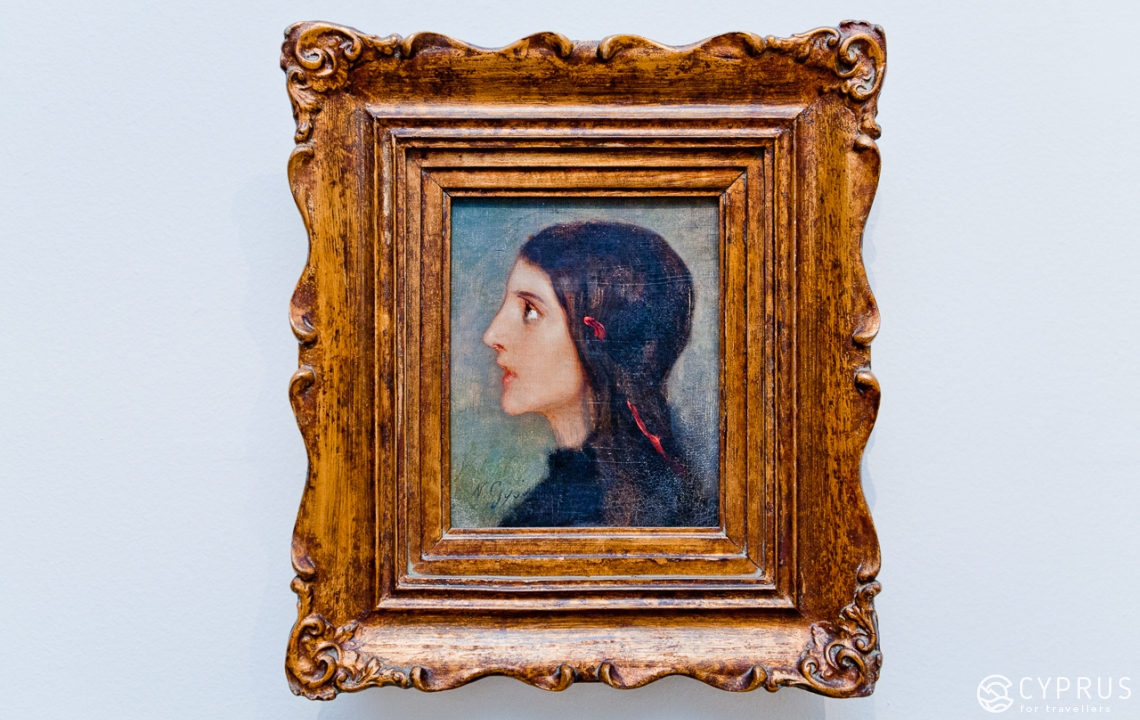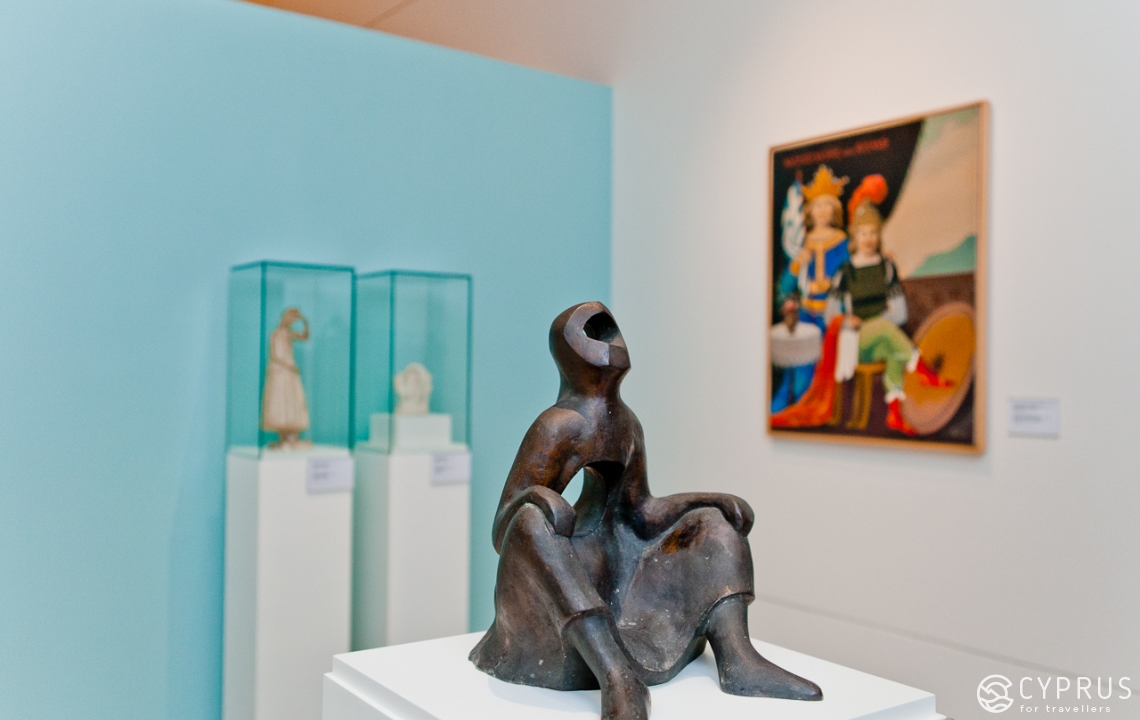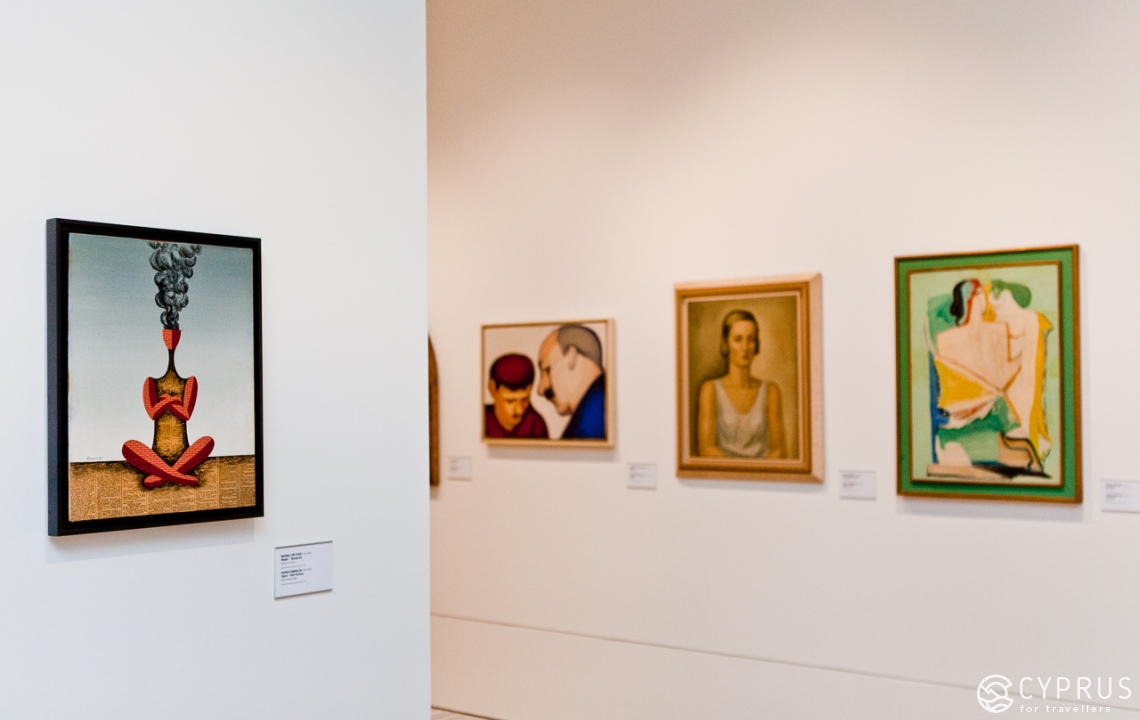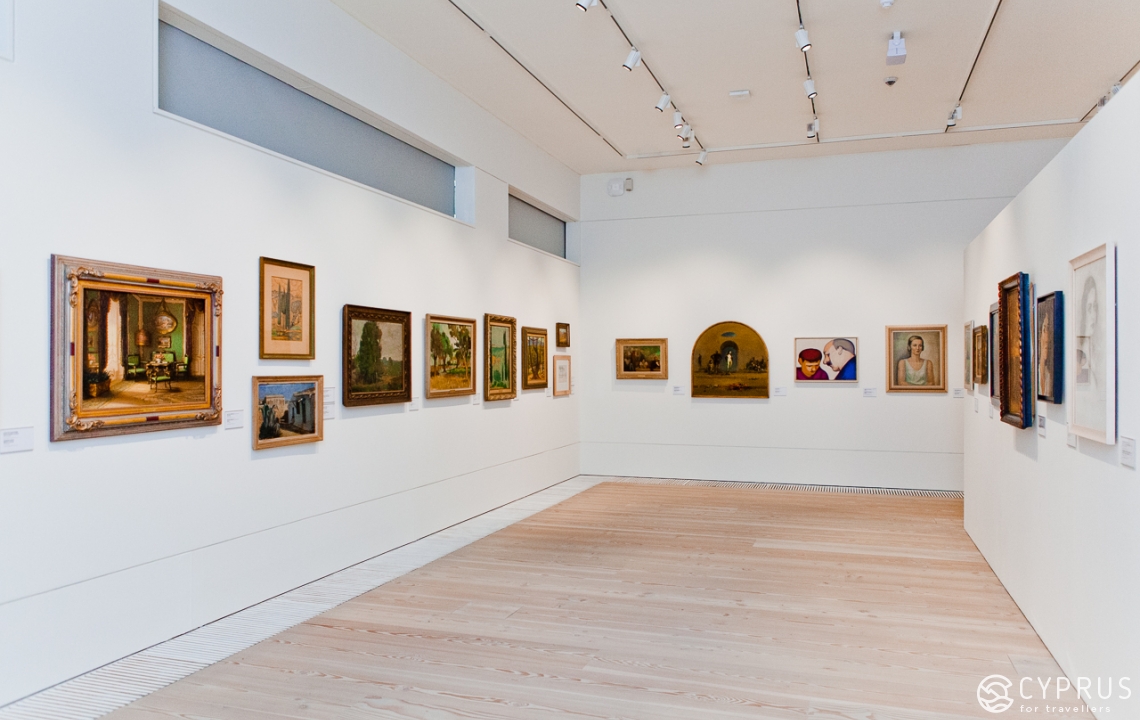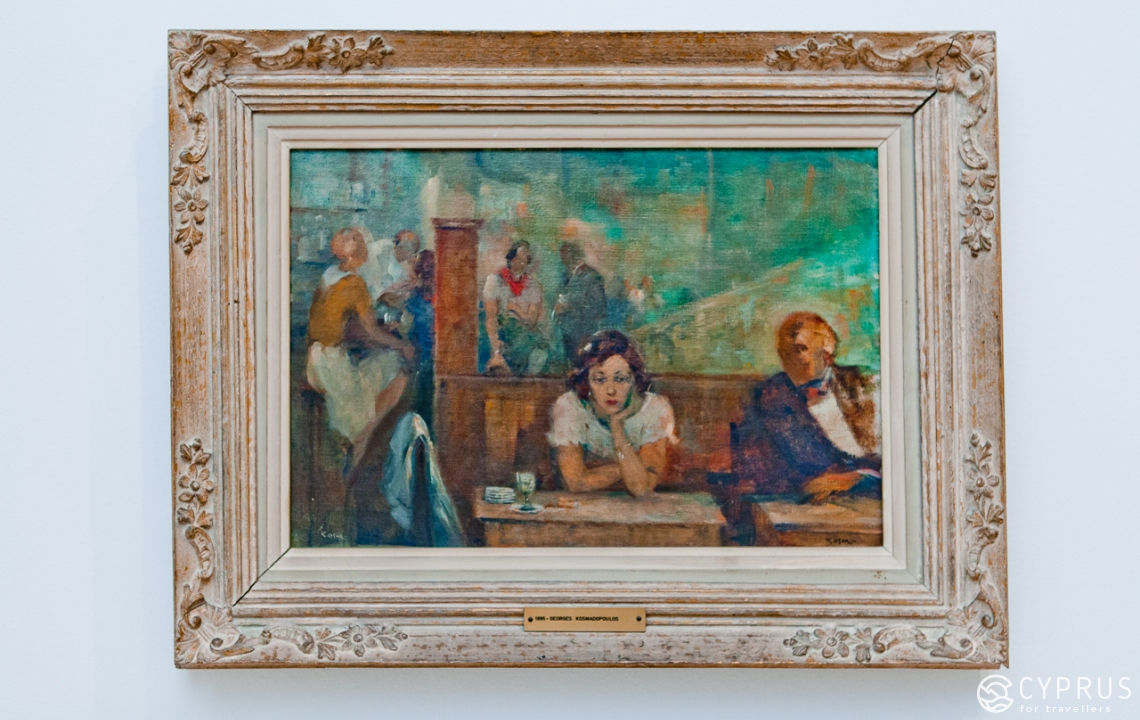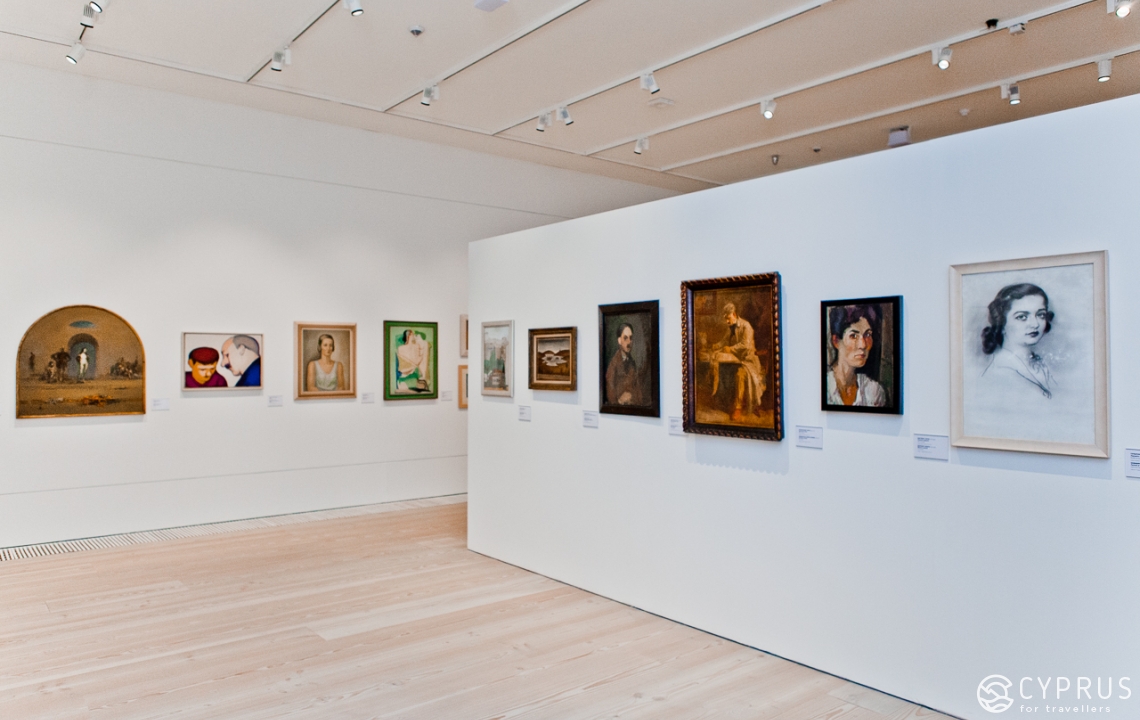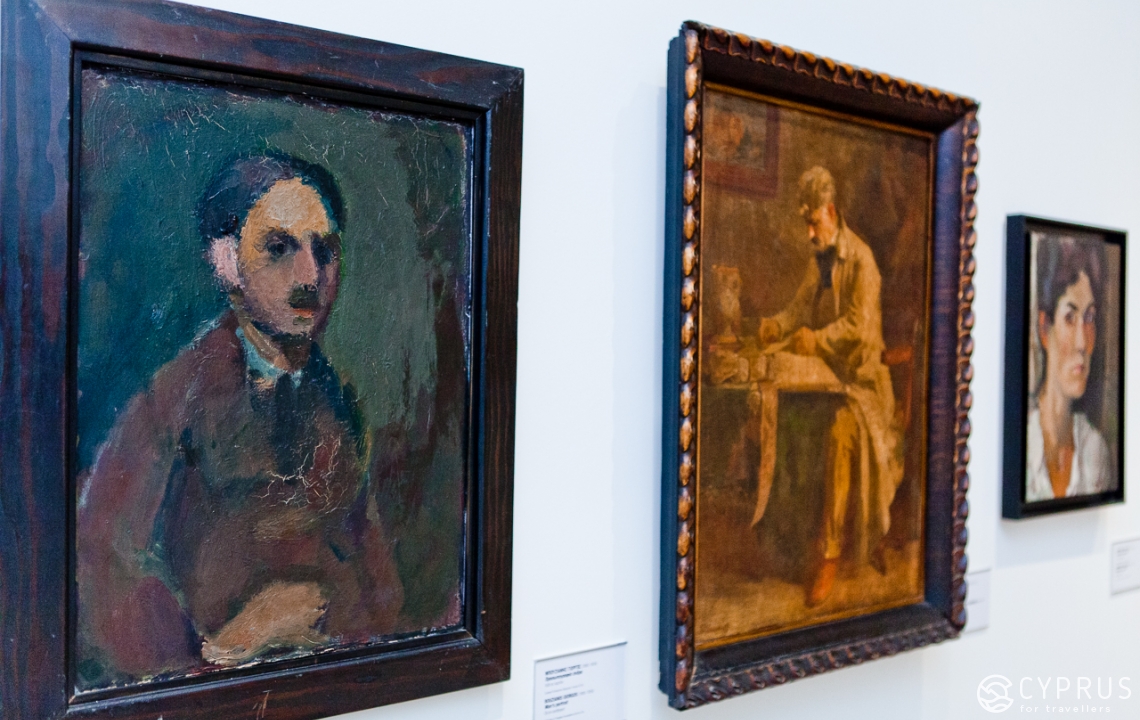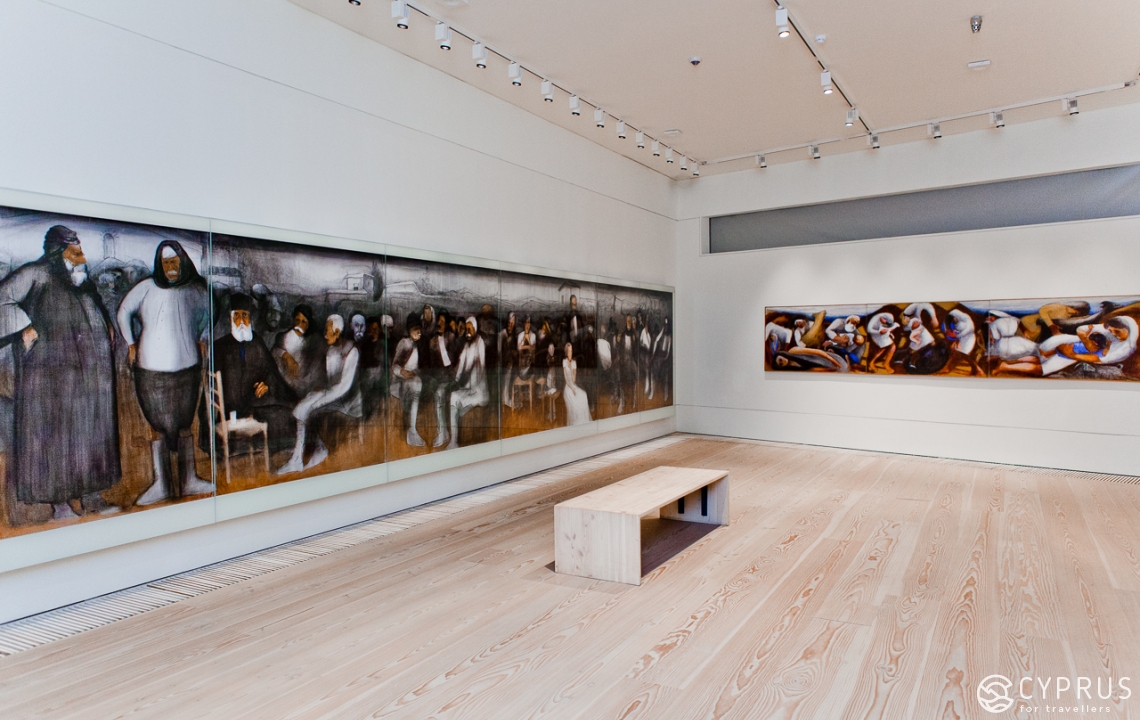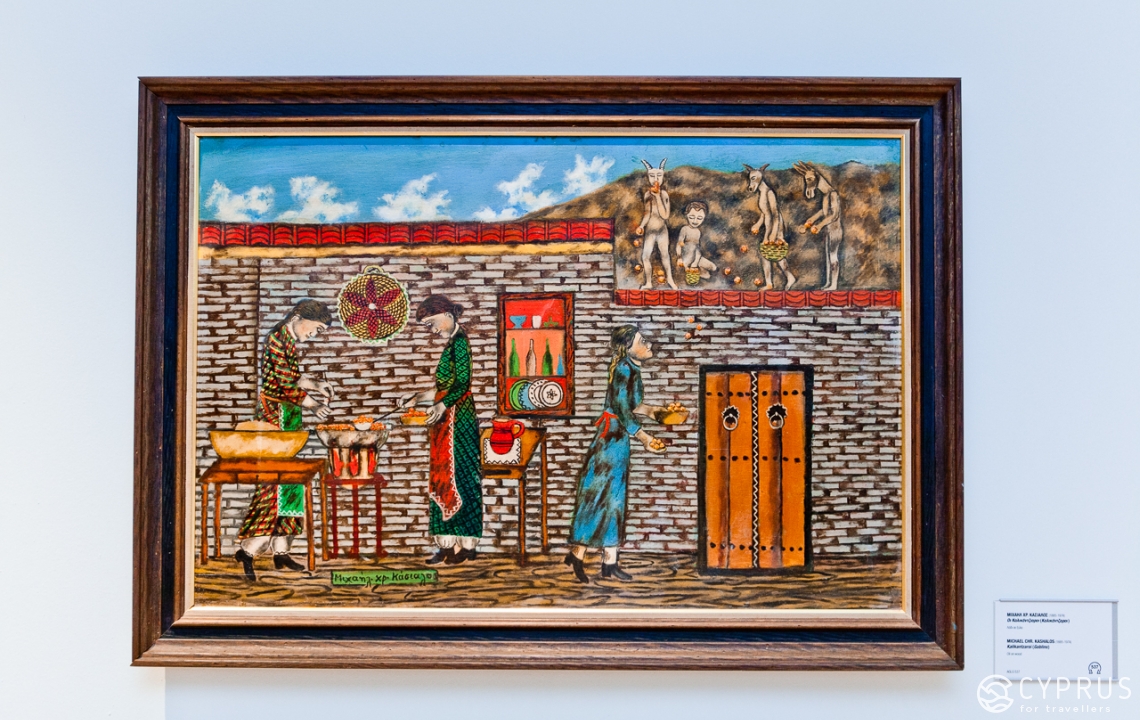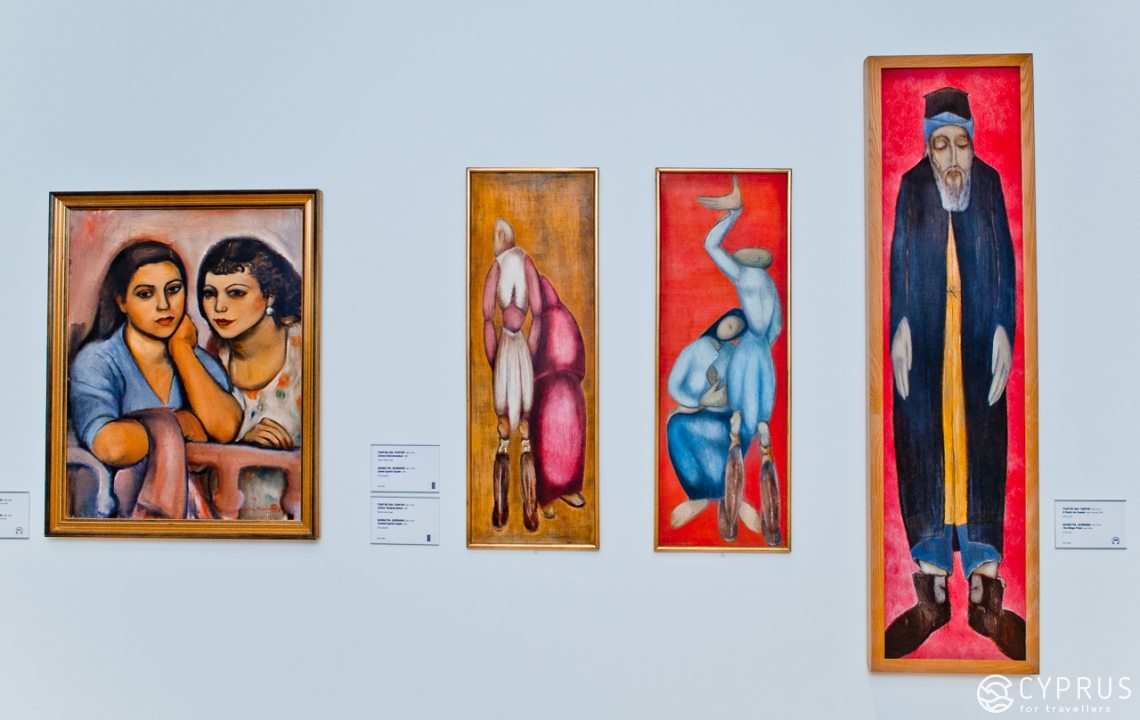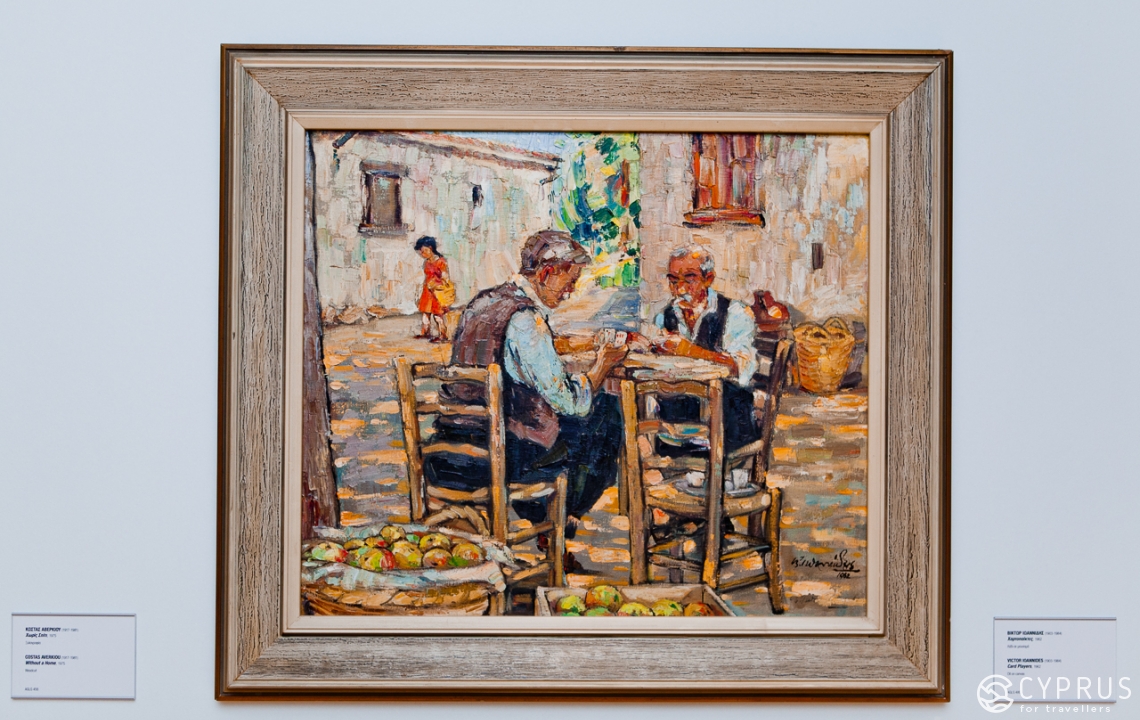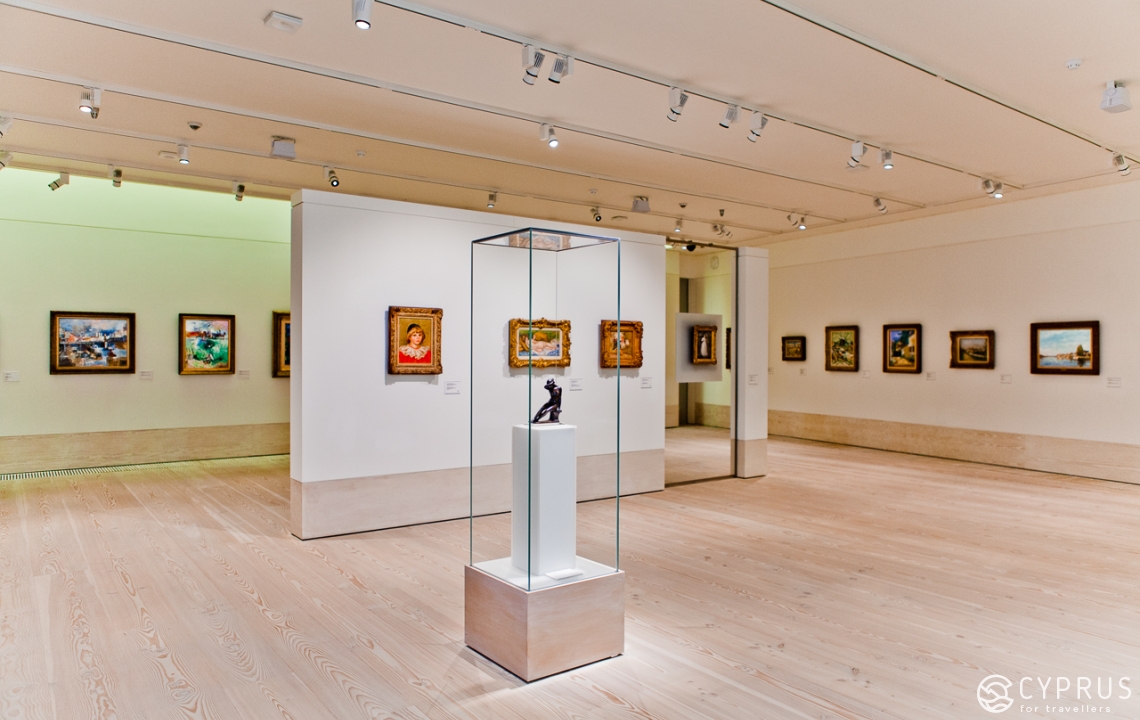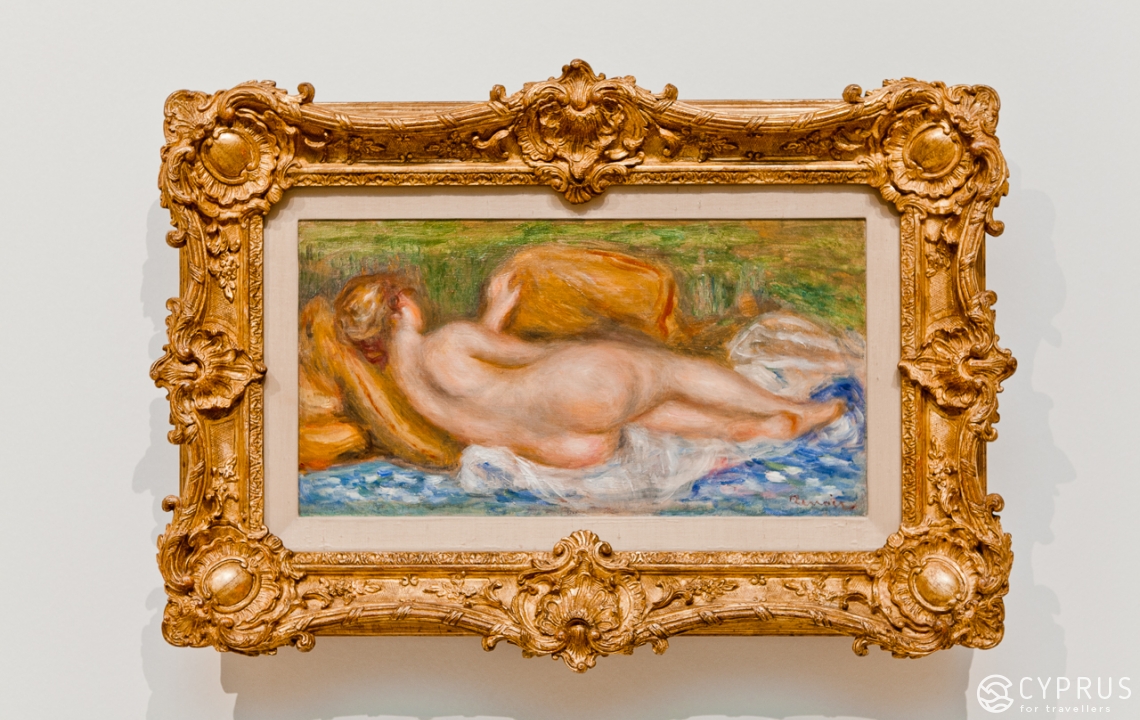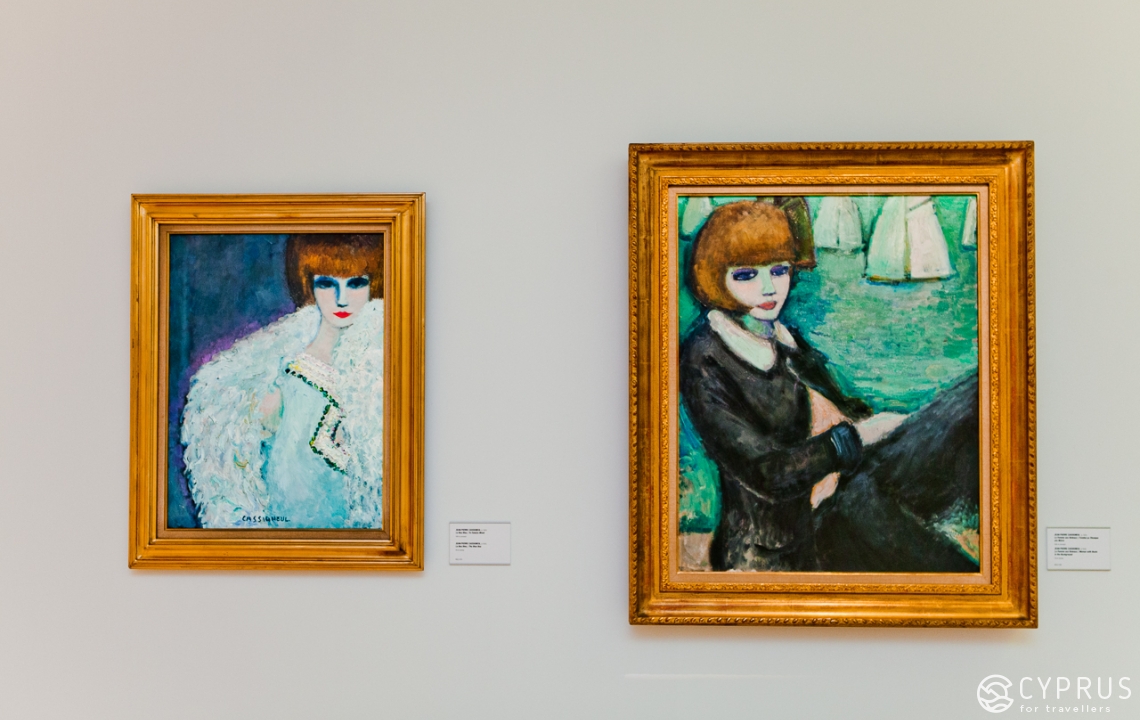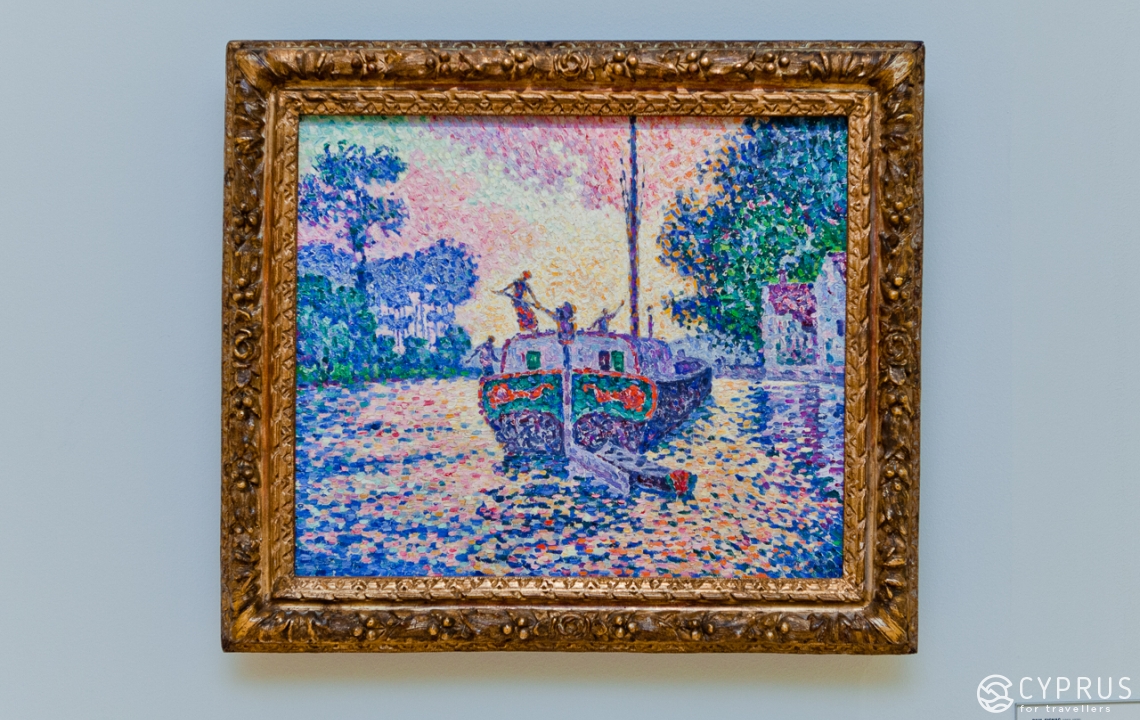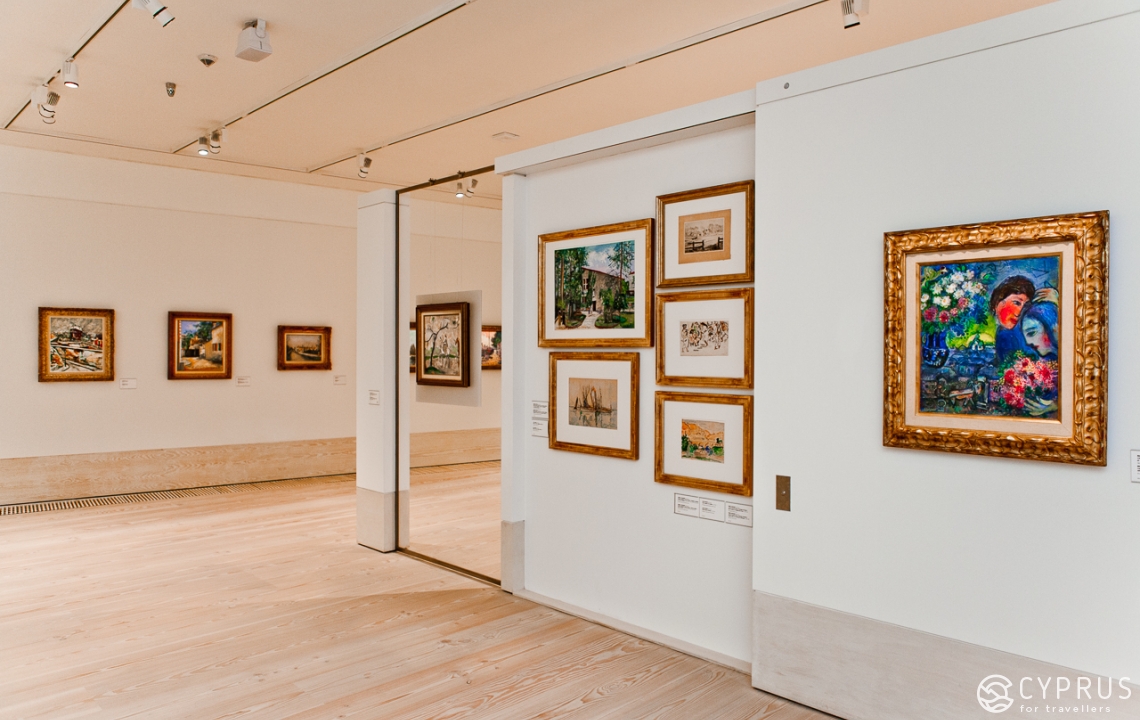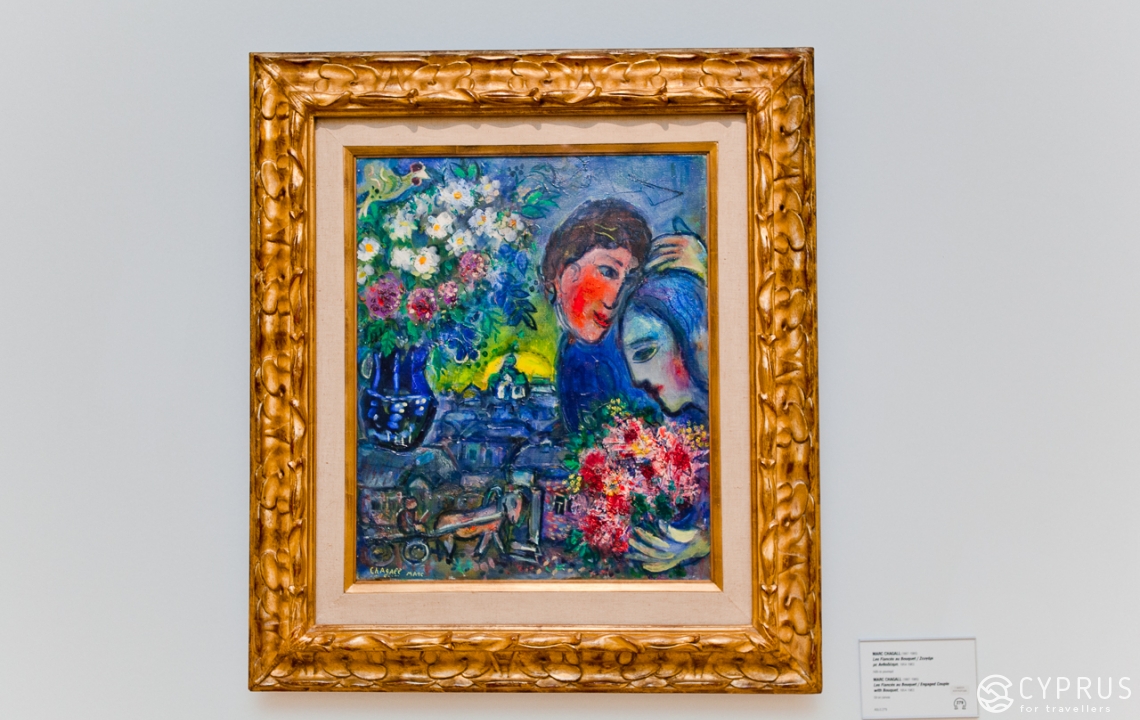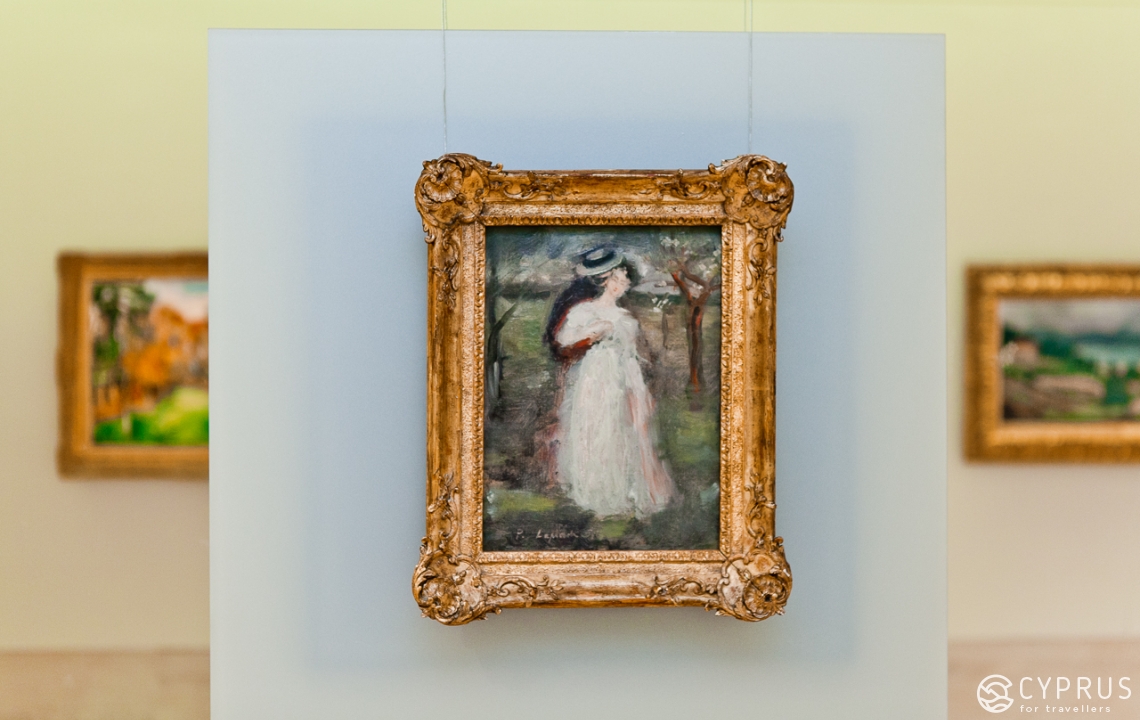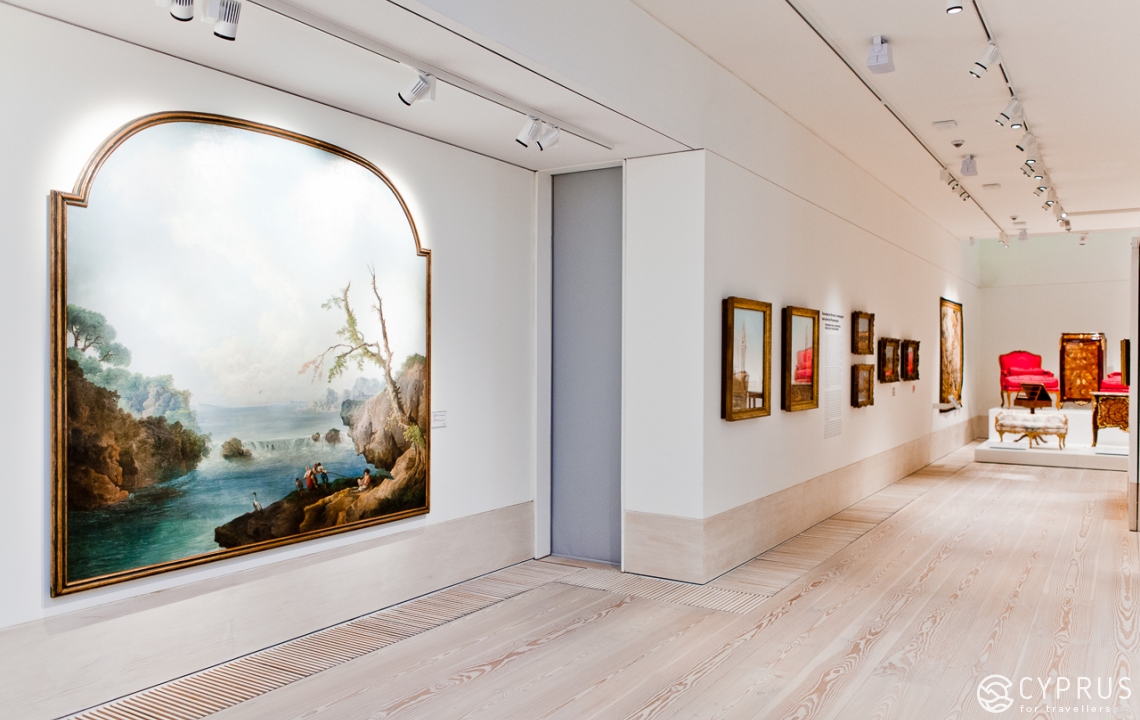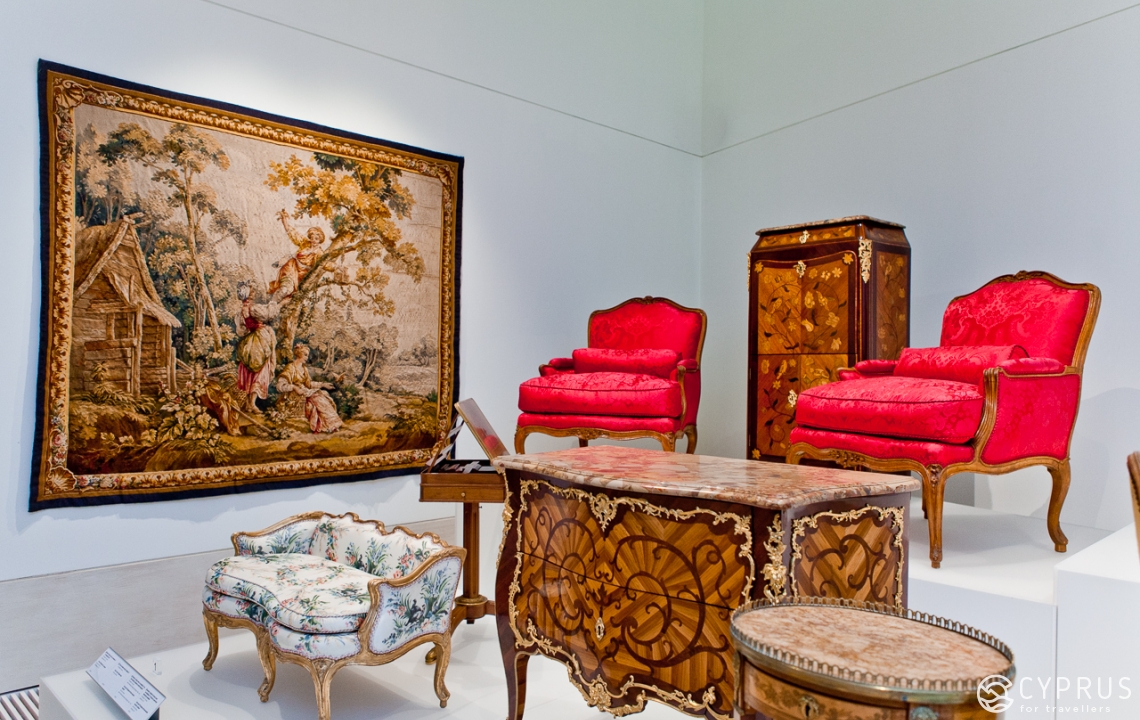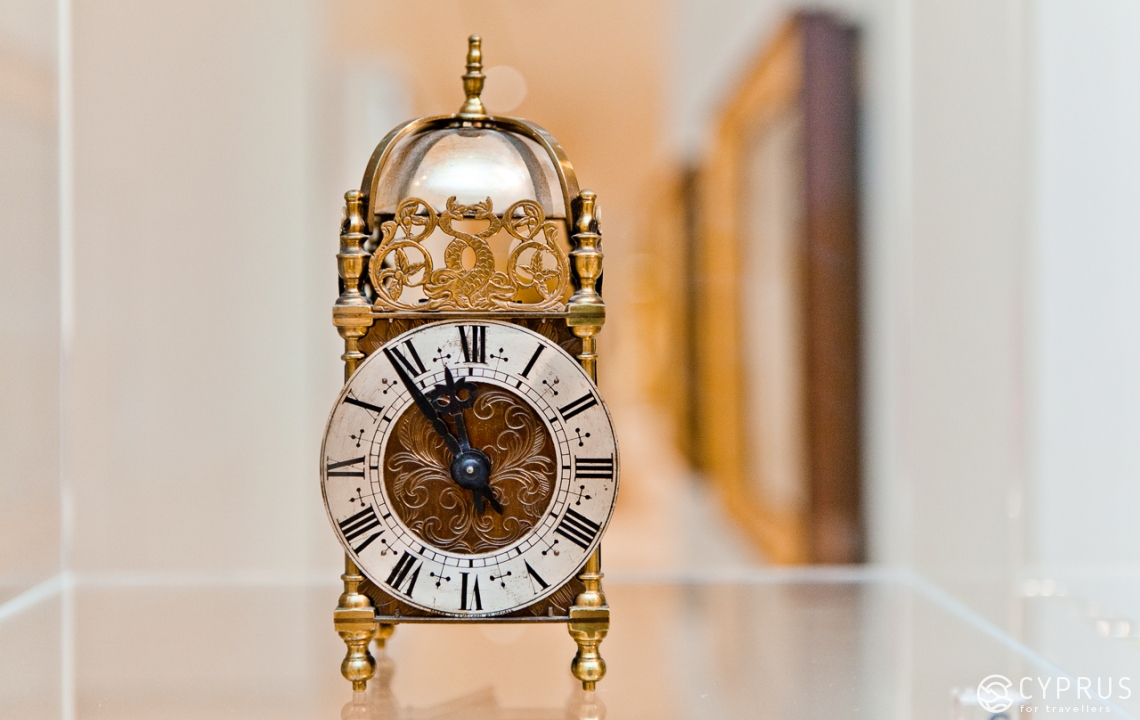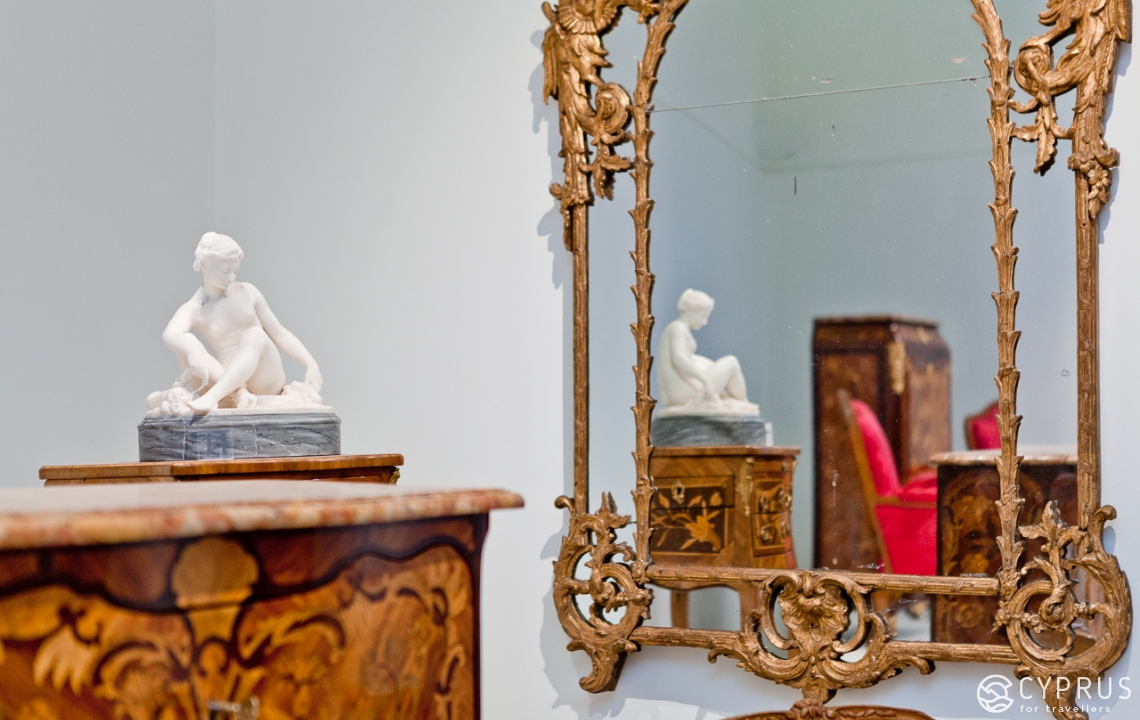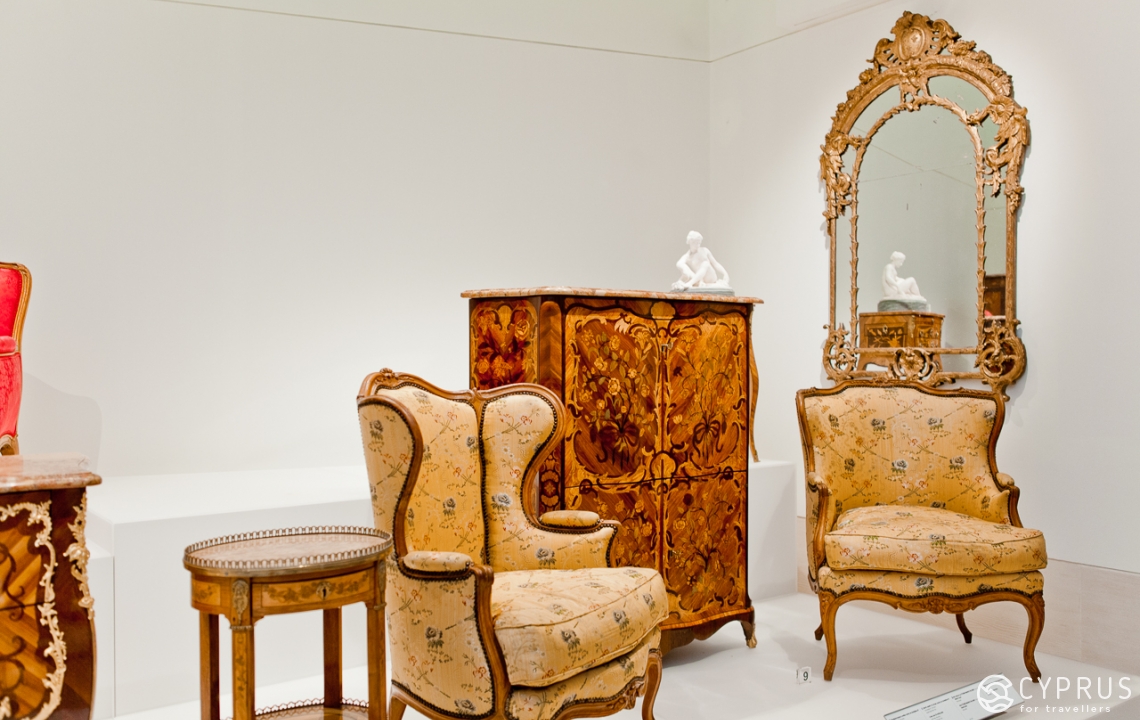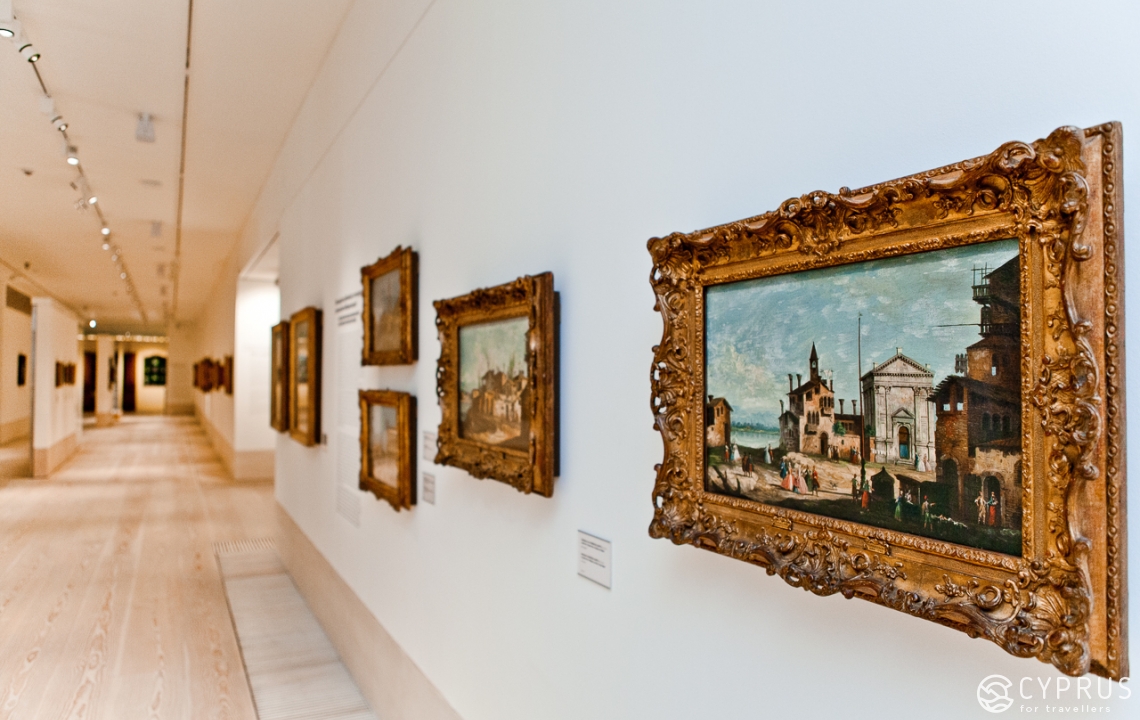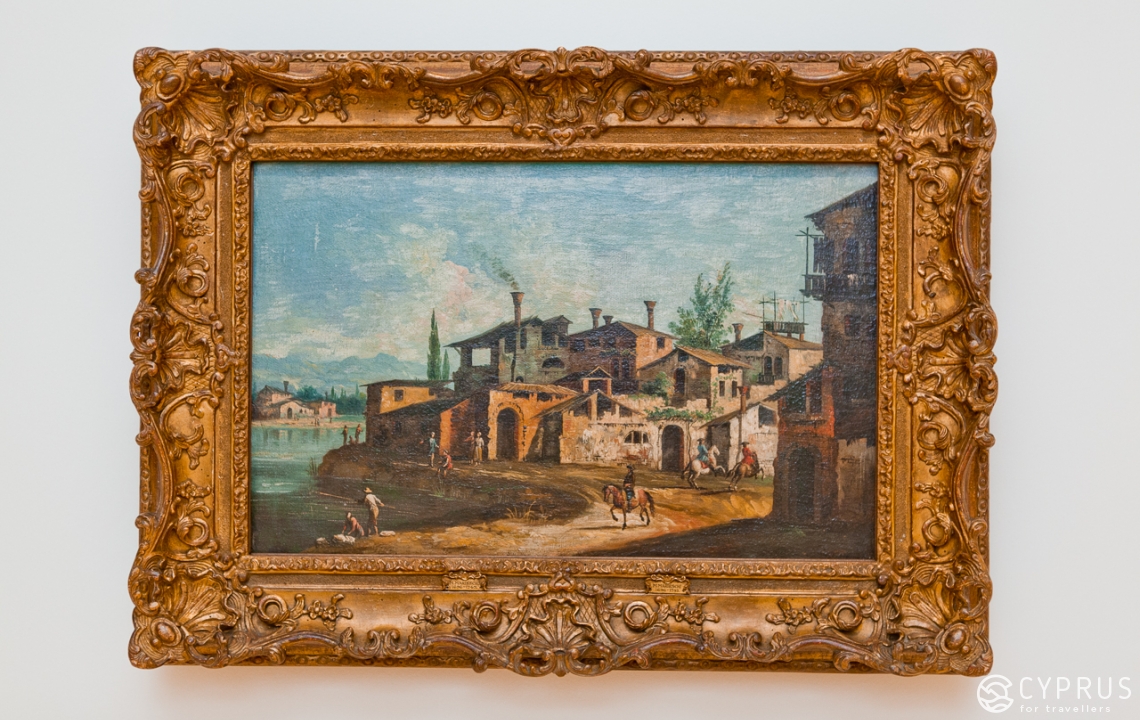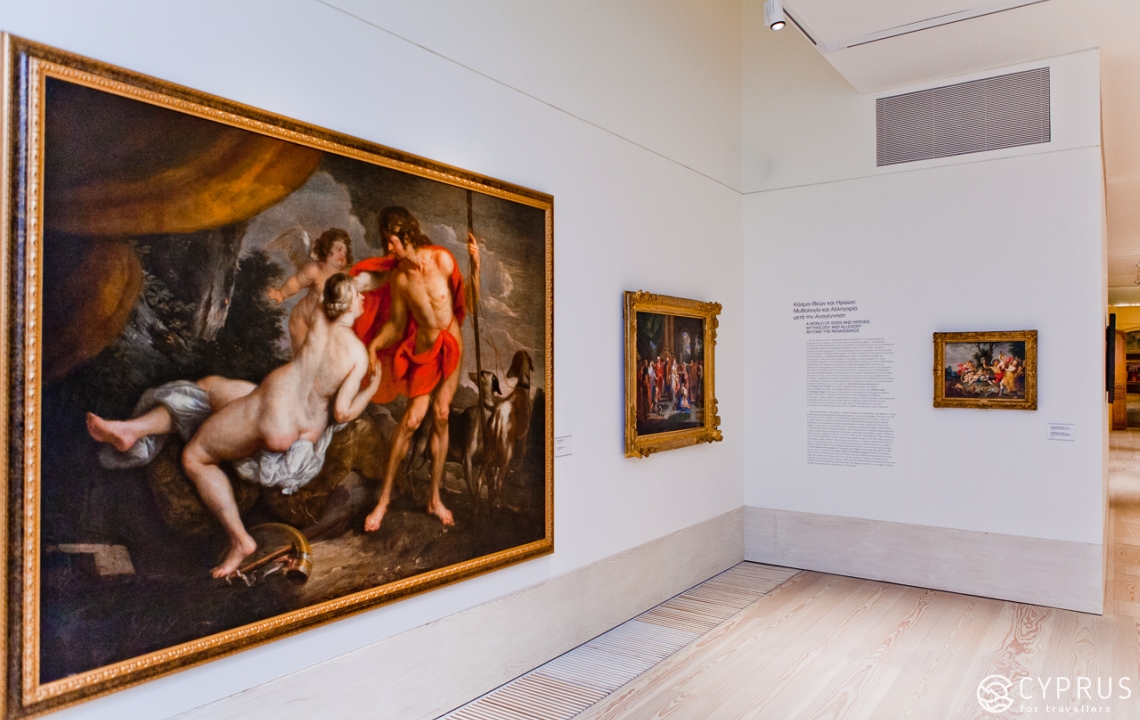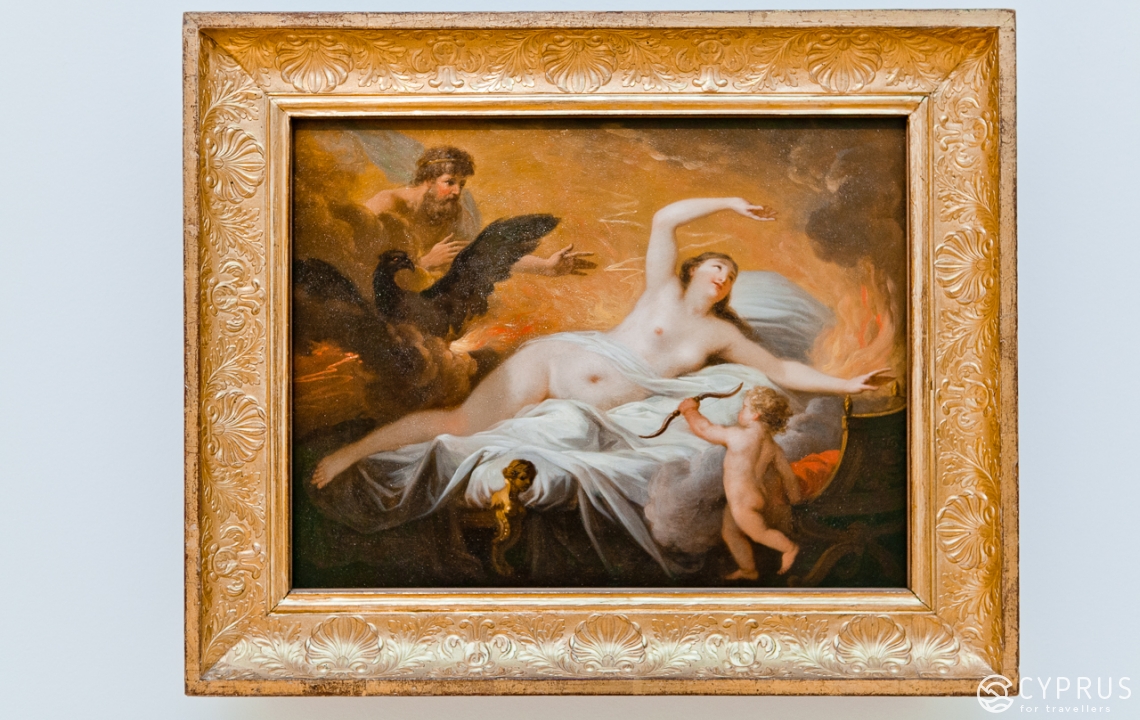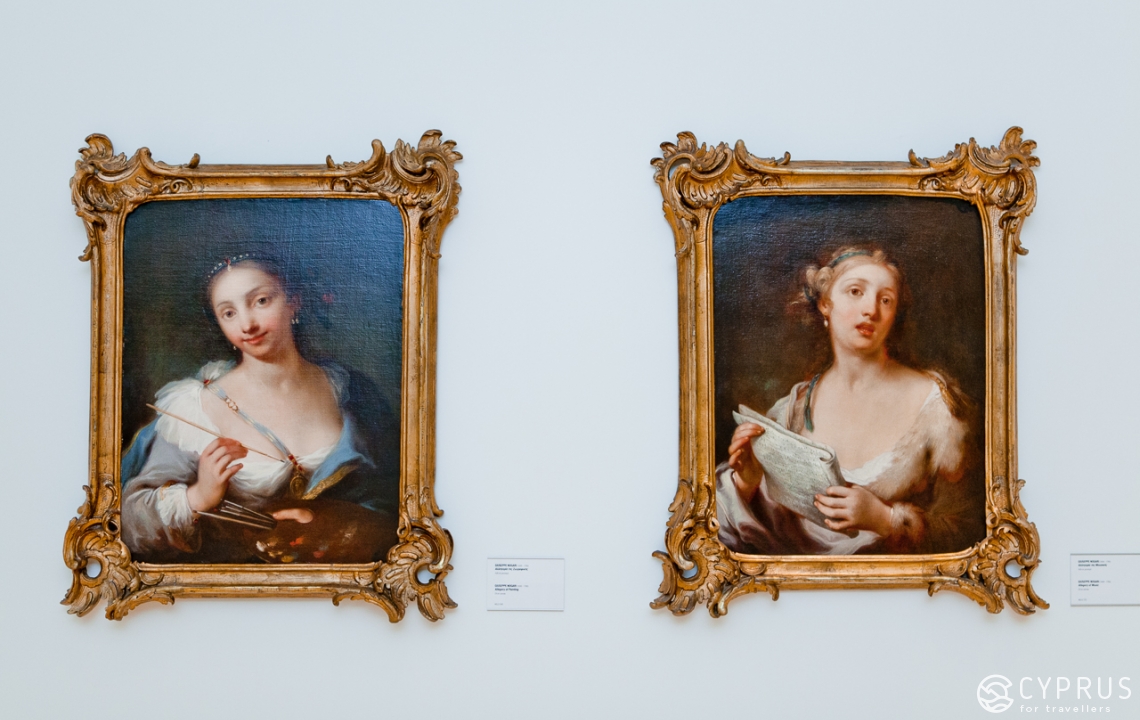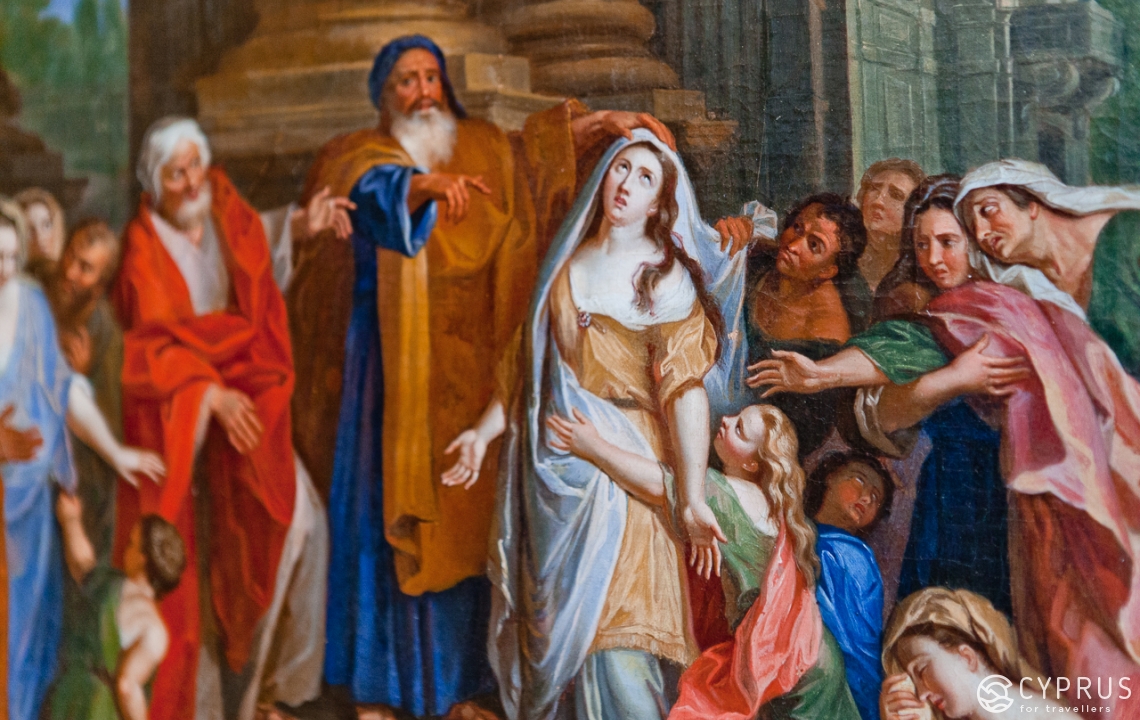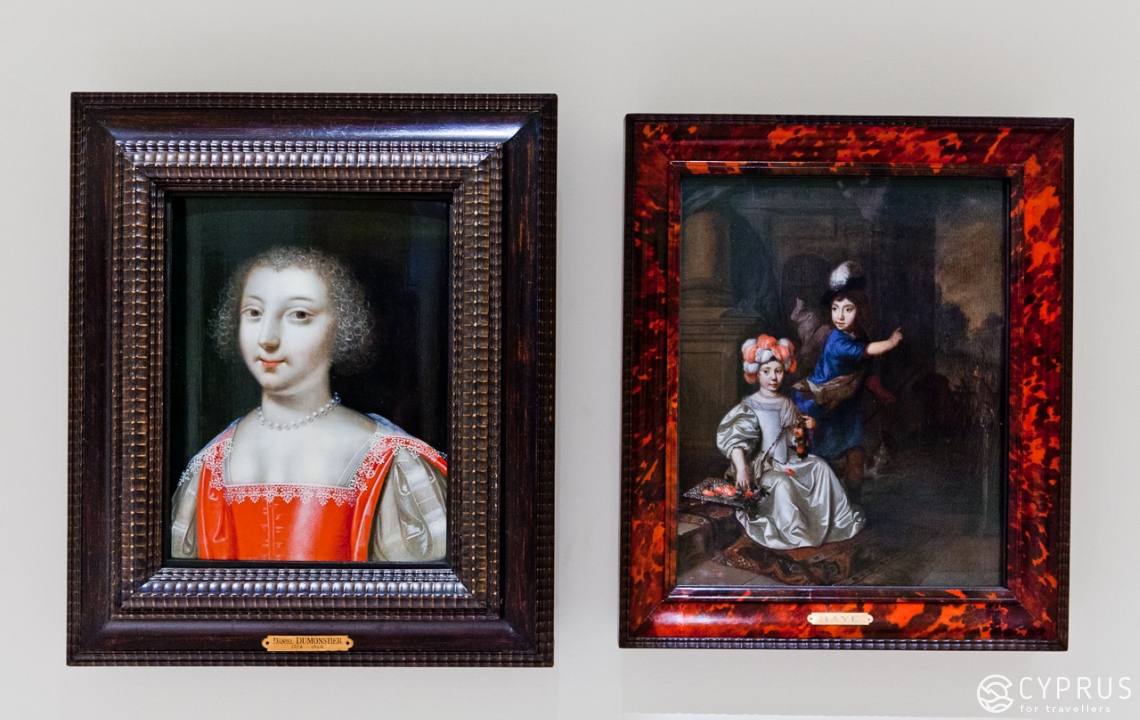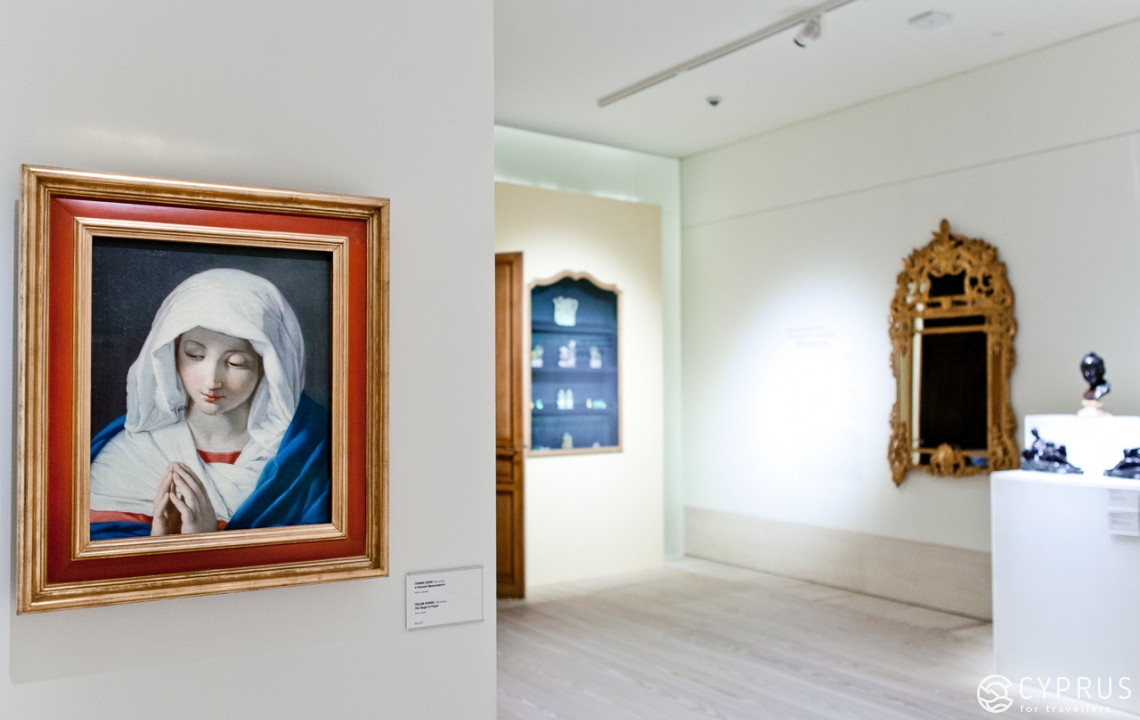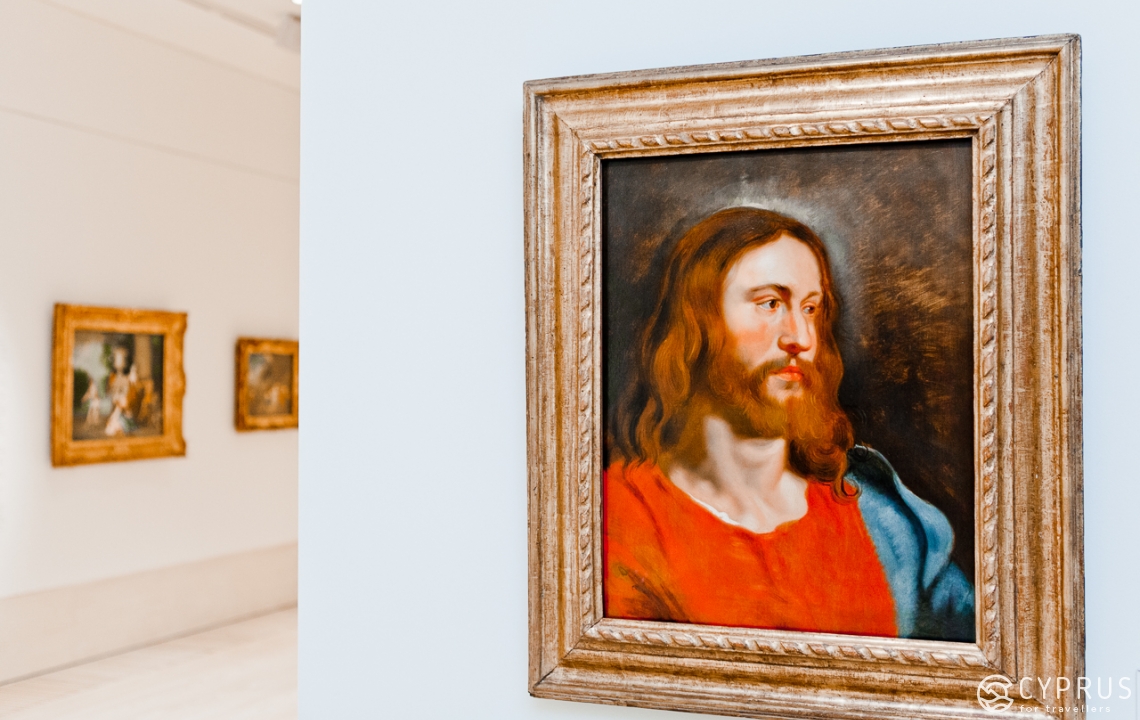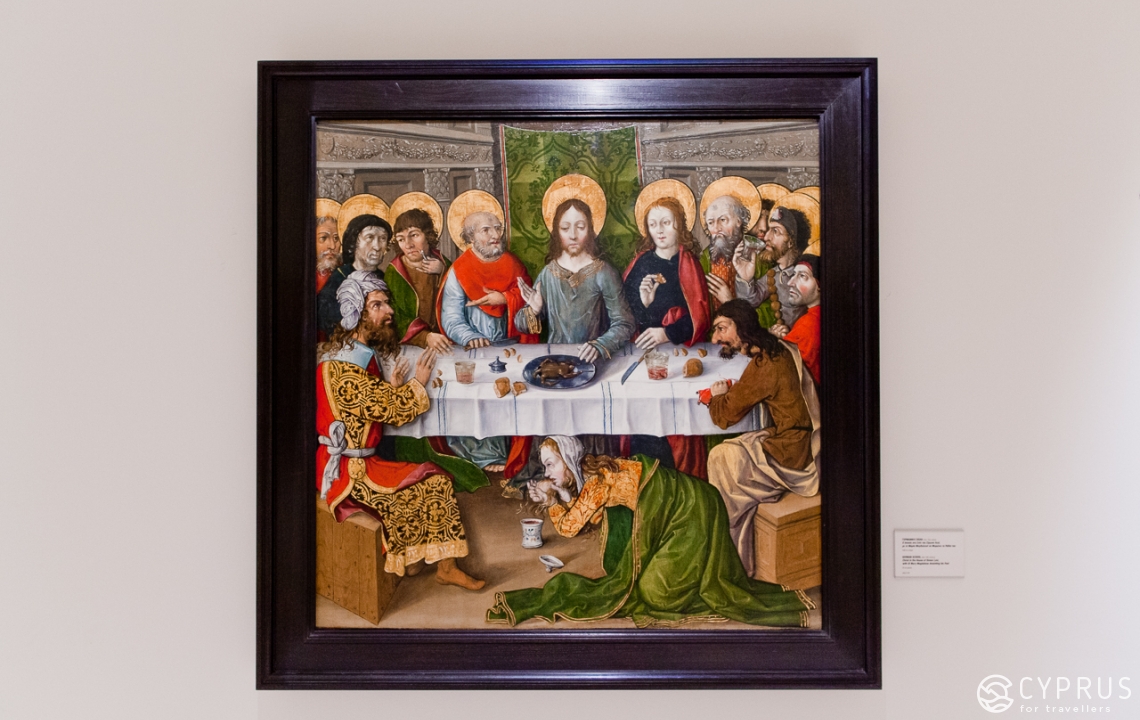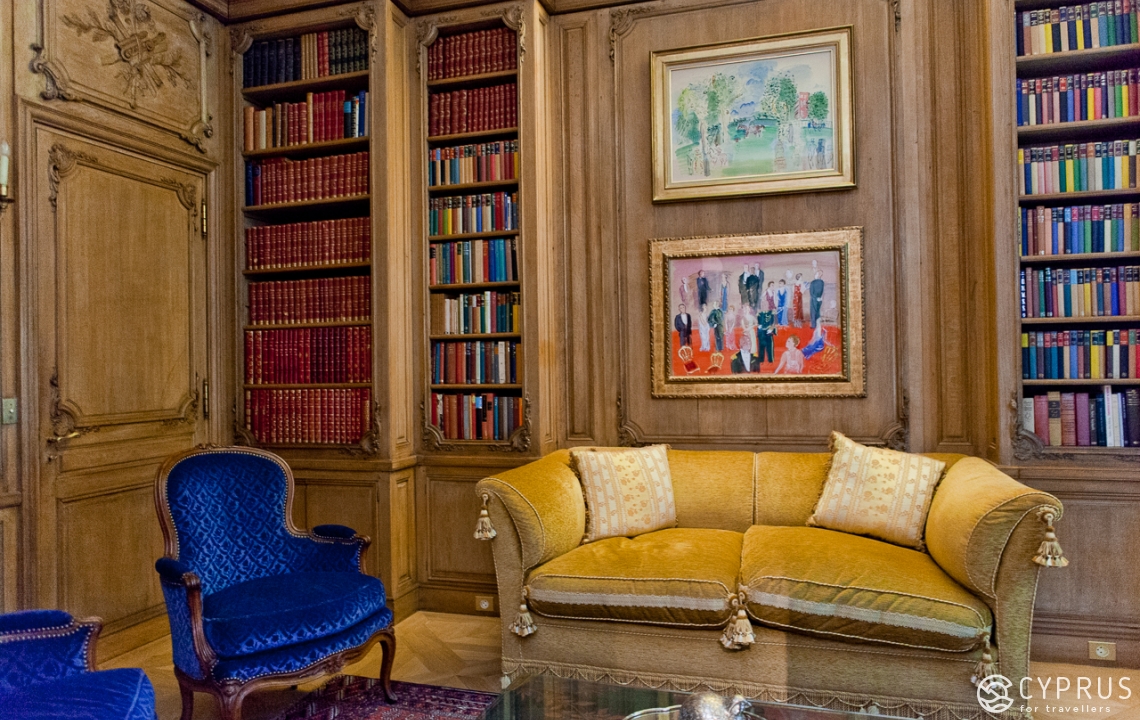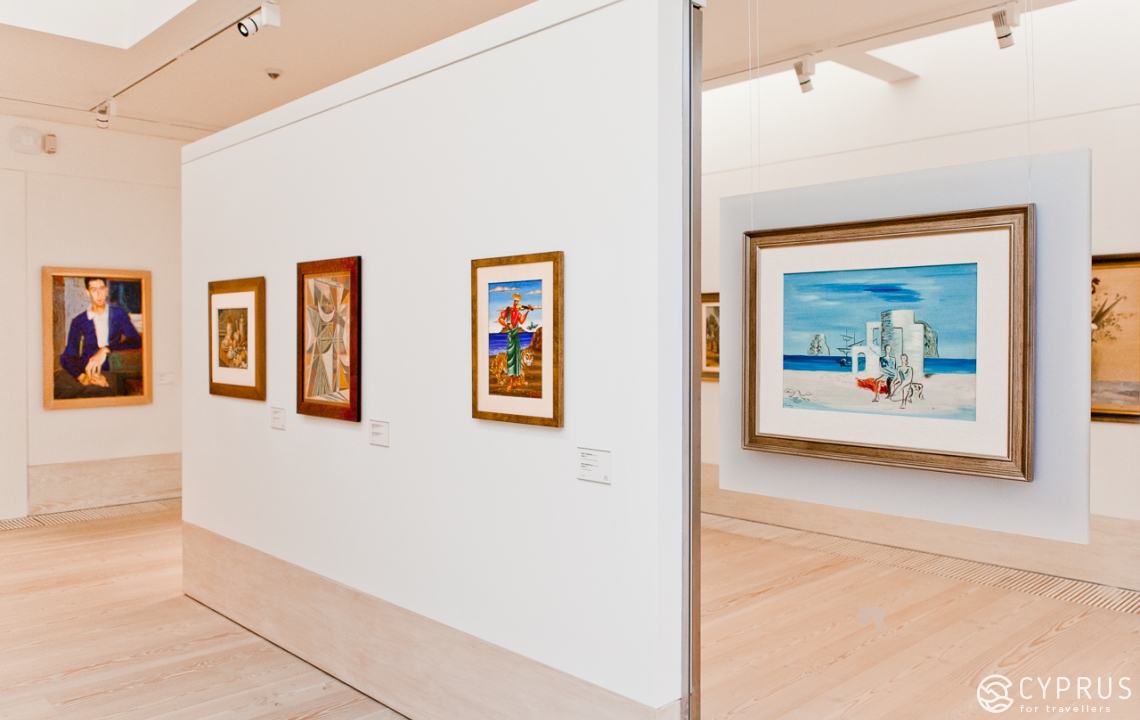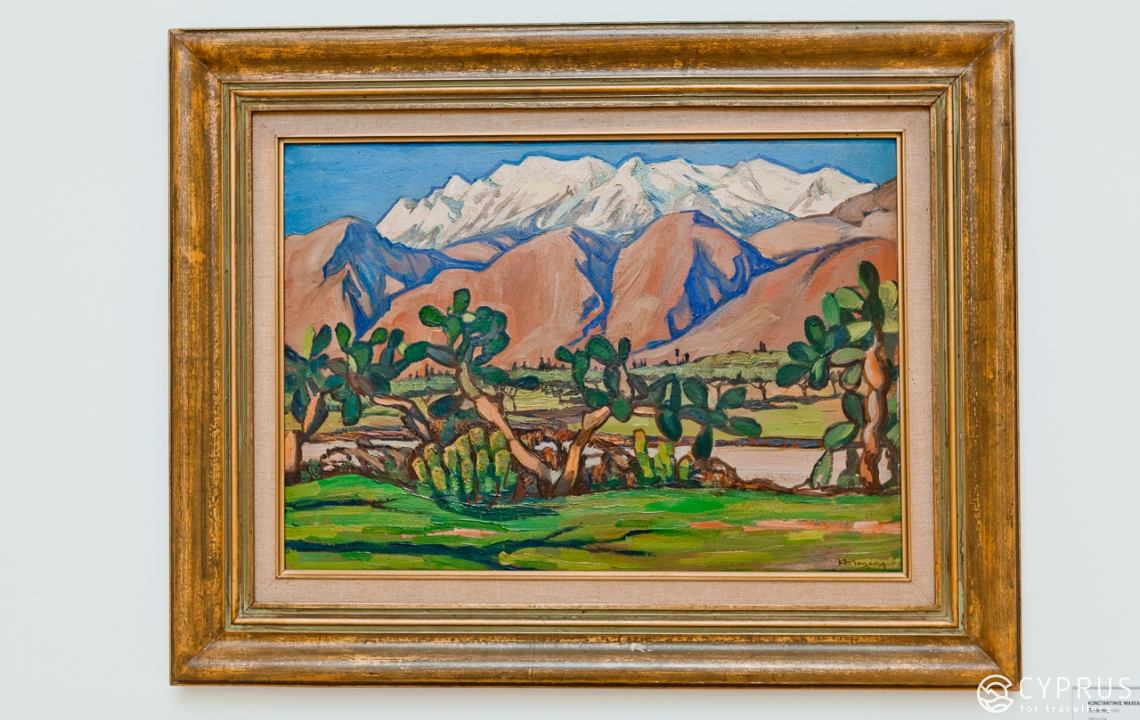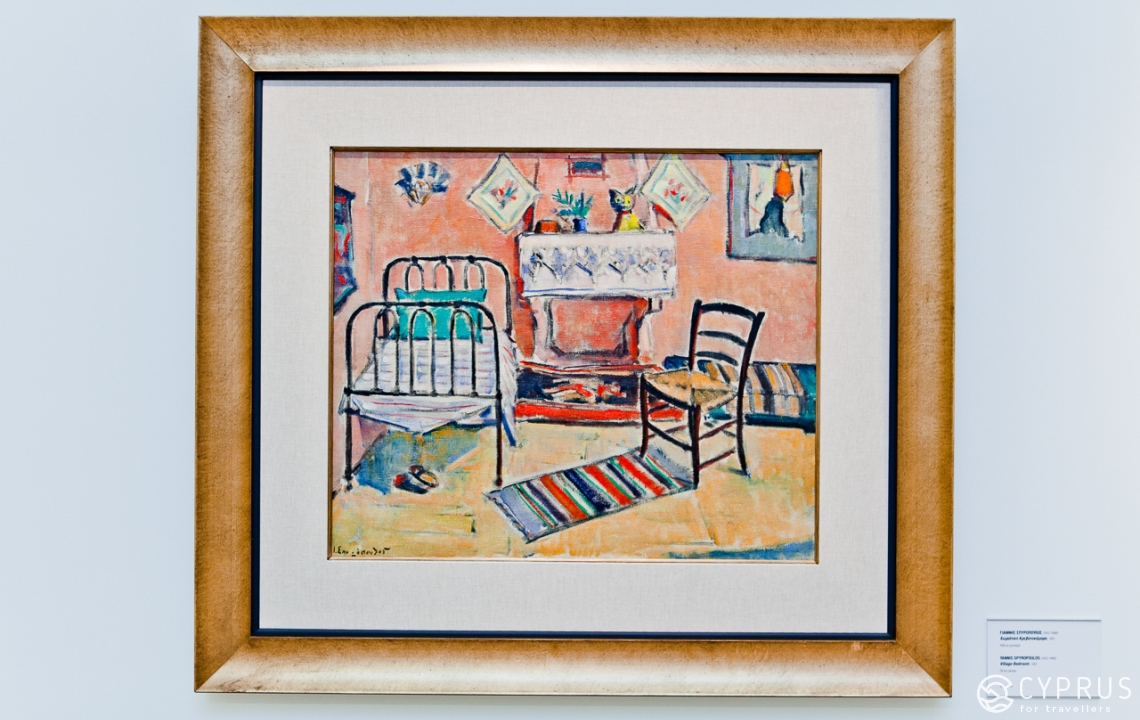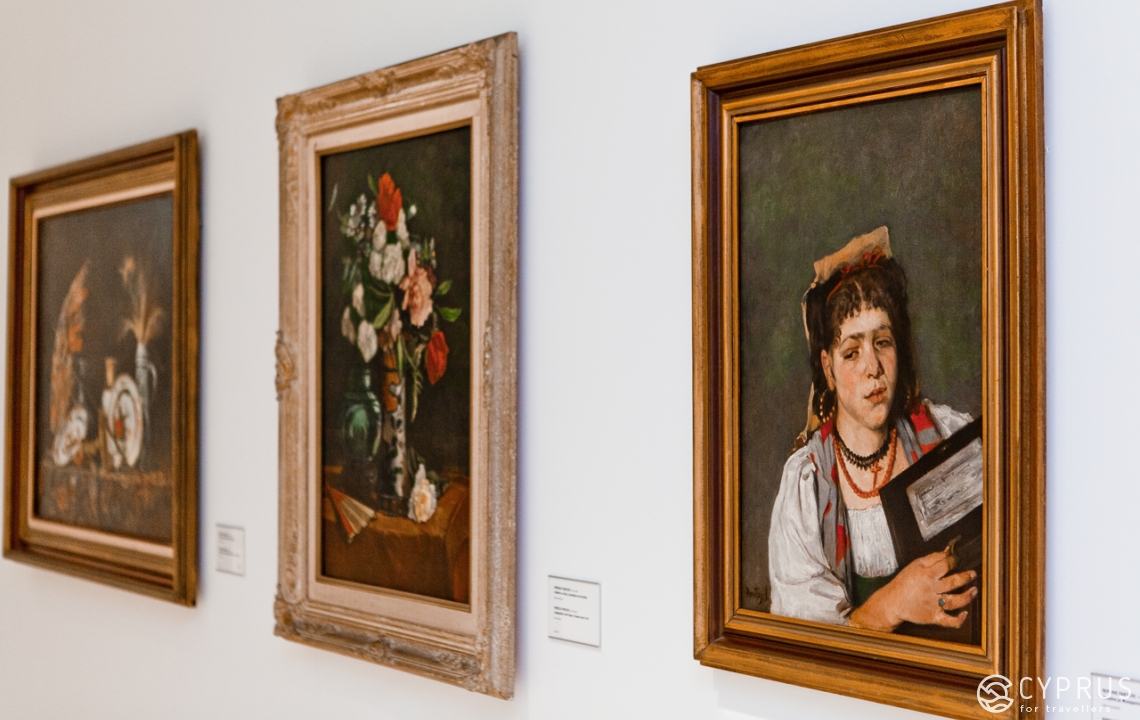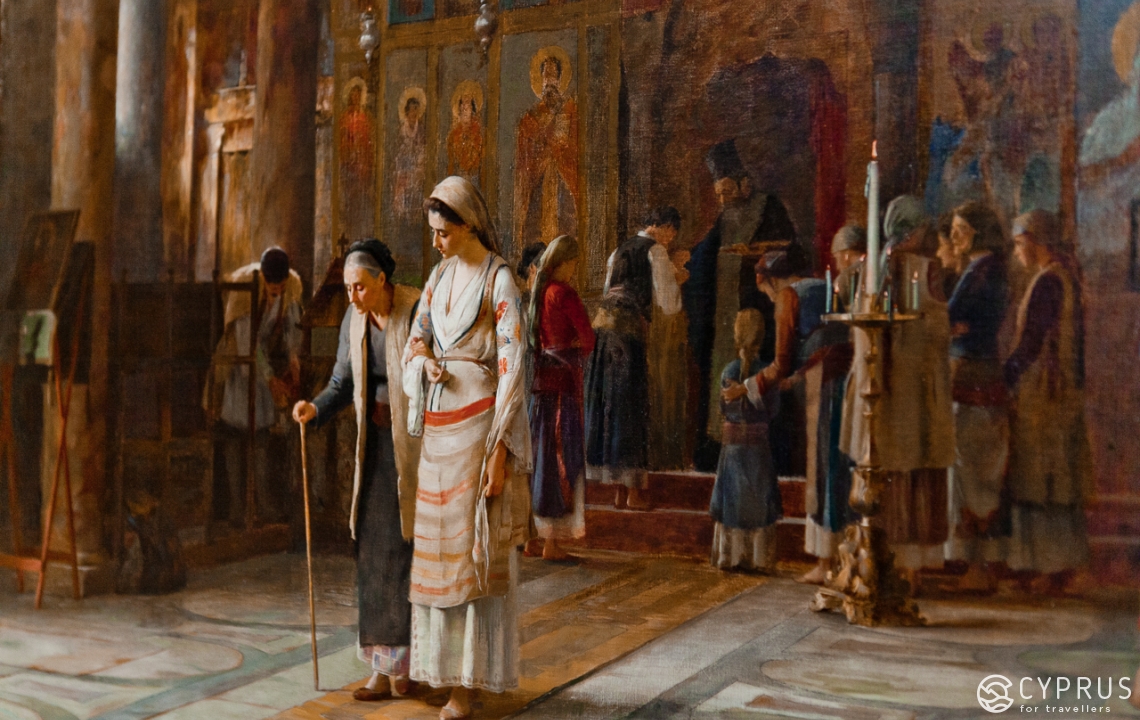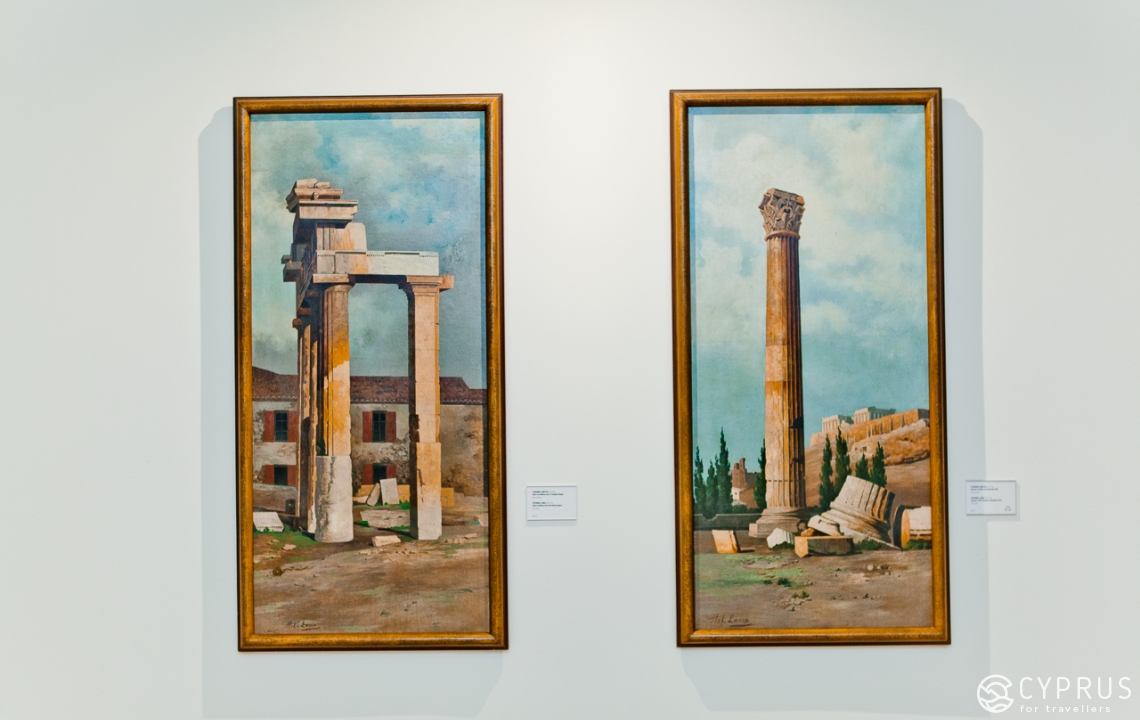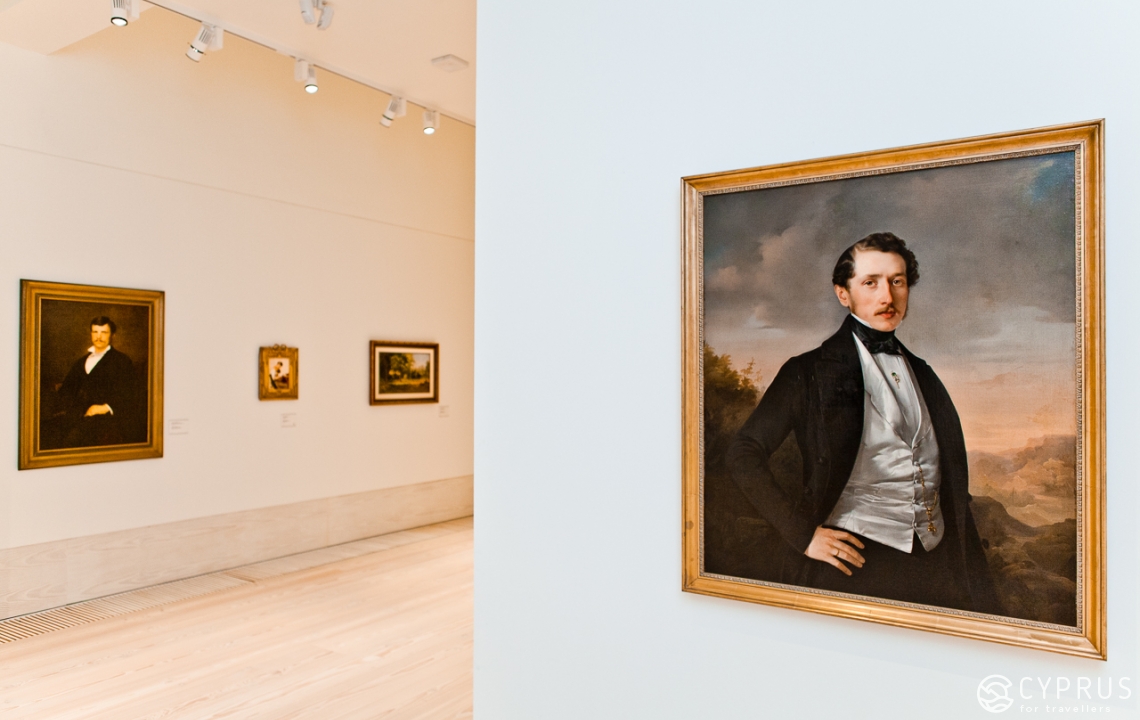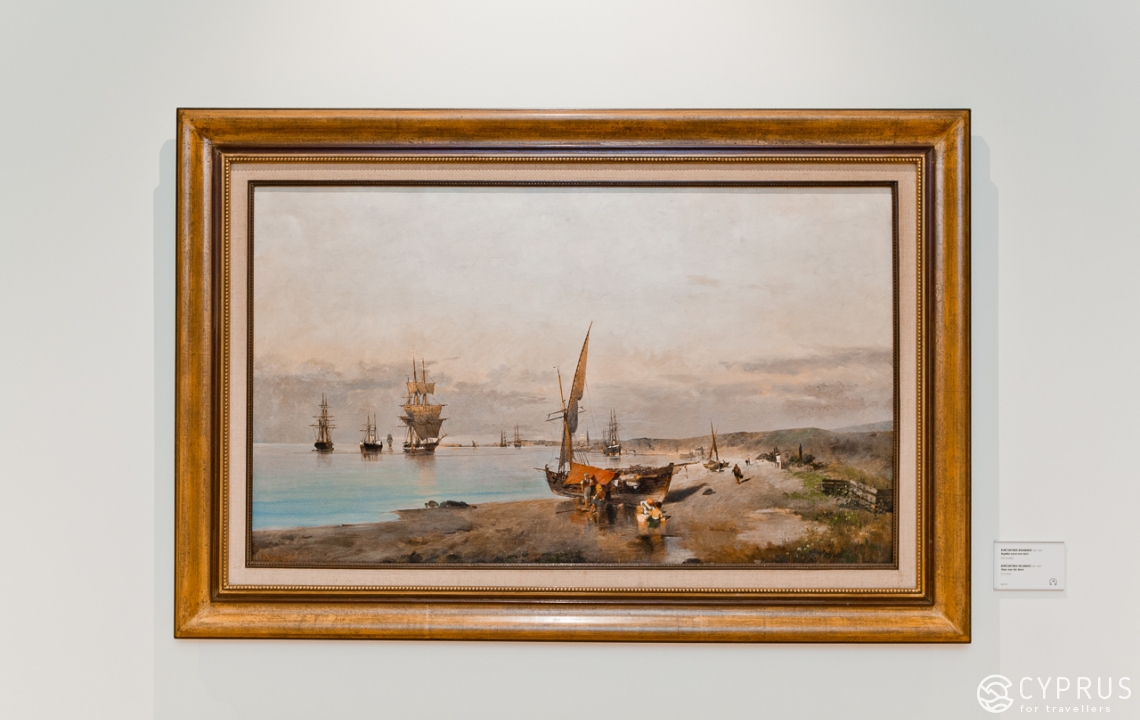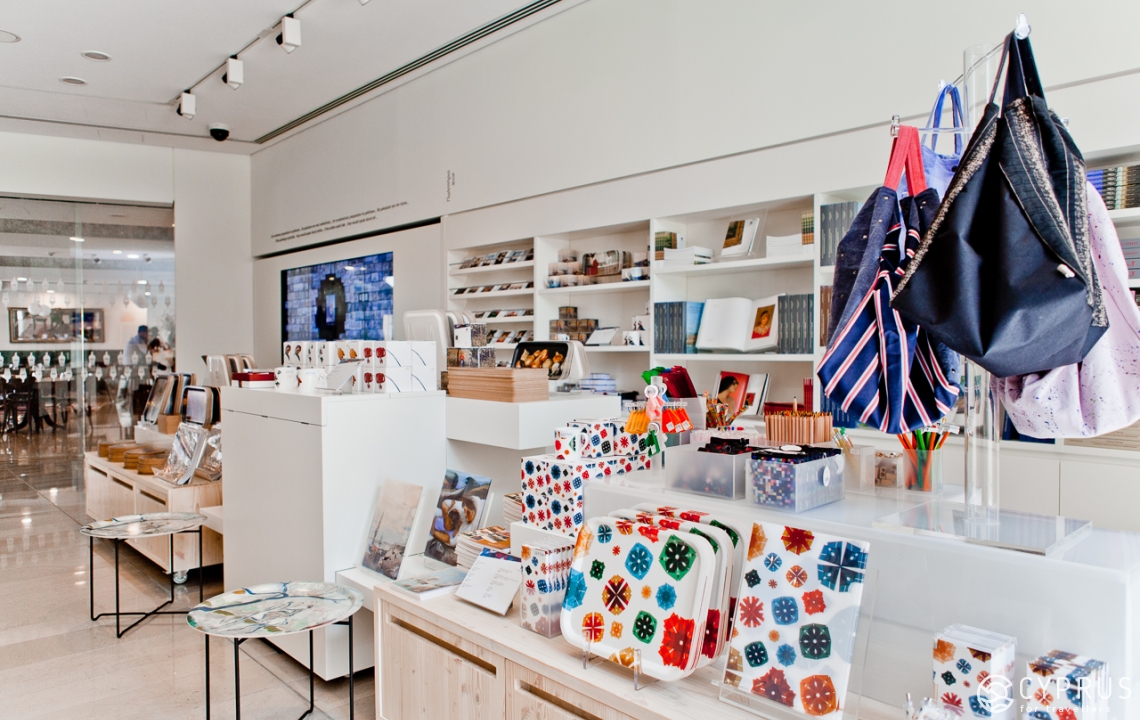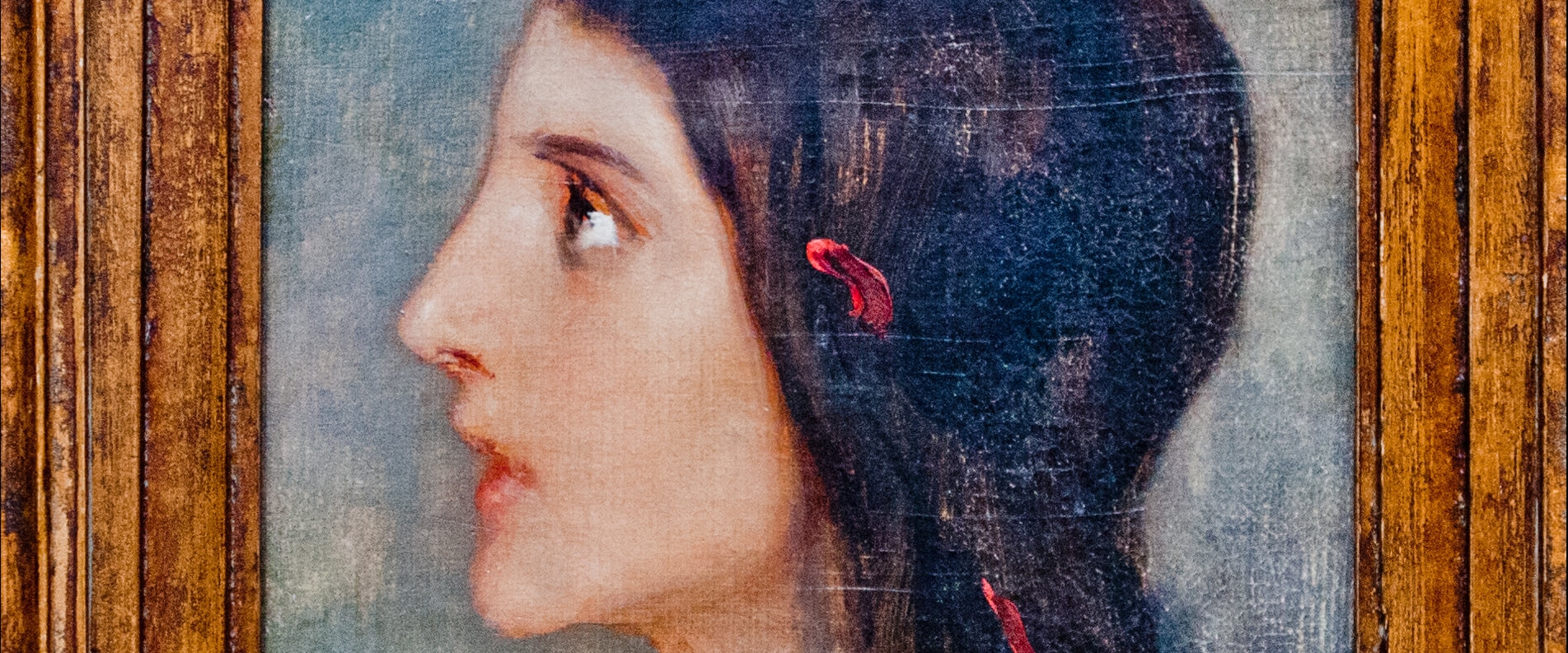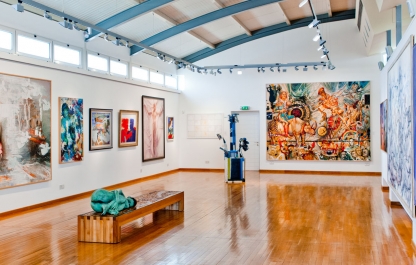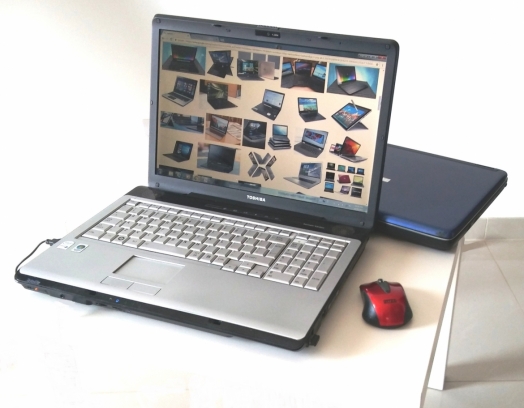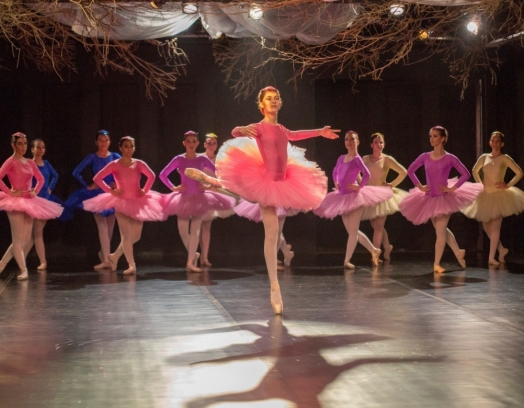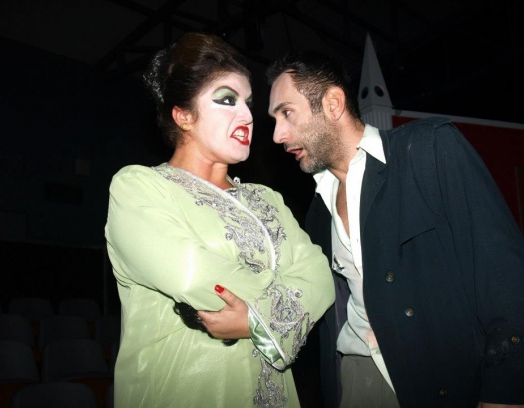Cyprus culture has always been part of the world culture heritage. The island has always had something interesting to offer and the Leventis Gallery in Nicosia is a fitting testament to that. The gallery’s main mission is to continue the work and vision of Anastasios Leventis (1902-1978), a famous collector of European art, who believed that art and culture should be made accessible to all members of society.
The Leventis Gallery is one of the leading art institutions in Cyprus, boasting a large and unique collection. Its employees are all highly skilled professionals, who conduct research and run educational programs, which make Leventis such a well-known institution both at home and abroad.
The tall, modern building is located close to the historic center of the island’s capital. Its unusual design was developed by a famous British architecture firm called Feilden Clegg Bradley Studios in collaboration with a Cyprus partner firm called J. & A. Philippou. The building is the epitome of the gallery’s mission: it seeks to unite the work of different professionals, researchers, students and other different people interested in art and create a unique creative laboratory.
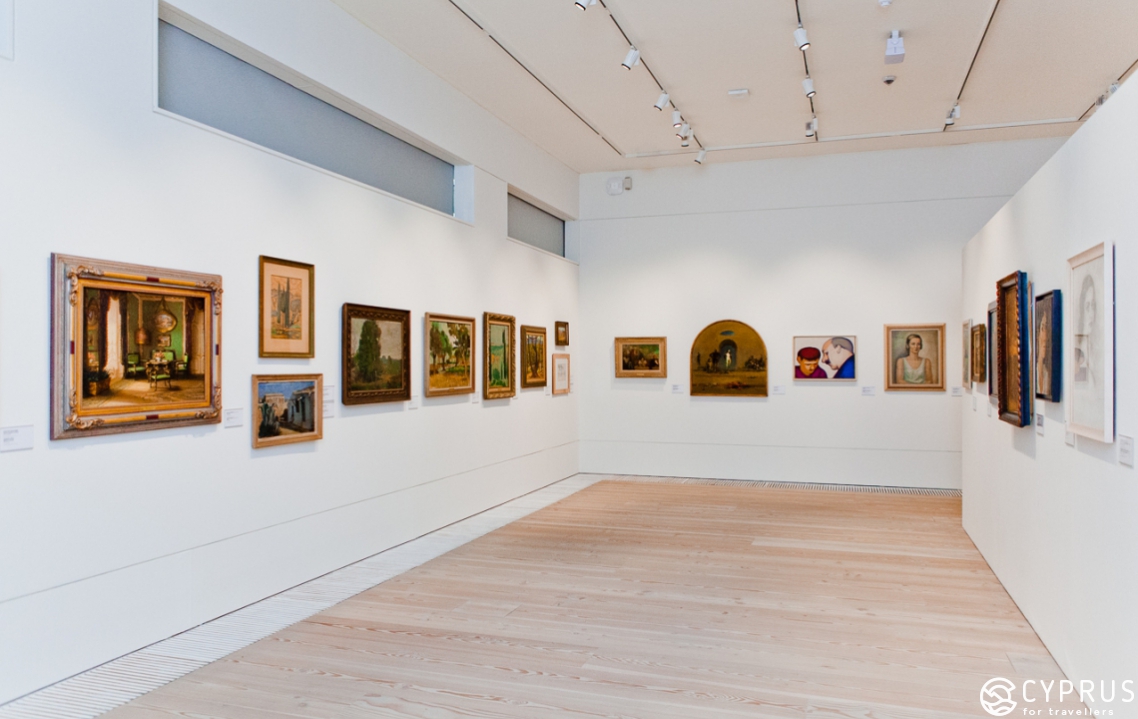
The top floors of the building complex are residential, while the lower floors house the gallery, the creative workshops and the lecture hall. The first floor includes a souvenir shop and a restaurant. The gallery is an incredibly pleasant place to visit. Its modern design and the timeless art pieces create a beautiful fusion.
To see the famous masterpieces, take the stairs to one of the spacious, bright halls located above the ground floor. Each collection occupies its own floor. The curator of the educational division, Caterina Stefanidis, takes us on a tour around the gallery, providing the necessary commentary.
«As you can see, we have three collections on display: Cypriot, Parisian and Greek. The first floor houses the Cypriot collection — it is the smallest one of the three and includes works by Cypriot artists of the so-called «first generation» or those who were born in the period between the end of the 19th century and the beginning of the 20th. One of the key figures of this period was Adamantios Diamantis. He created his monumental work «The World of Cyprus» using coal and acrylic paint on Irish cotton. It is a very important piece of art from the point of view of anthropology and history. The artist spent 30 years traveling around the island, creating sketches and drawings. This work seeks to «seize the moment» and capture traditional Cypriot society. This part of the exhibition also includes a newly acquired painting called «Agonies: before and after» (also known by its other title «World of Cyprus when they heard the bad news»). The painting depicts Cypriots after learning about the Turkish invasion in 1974.
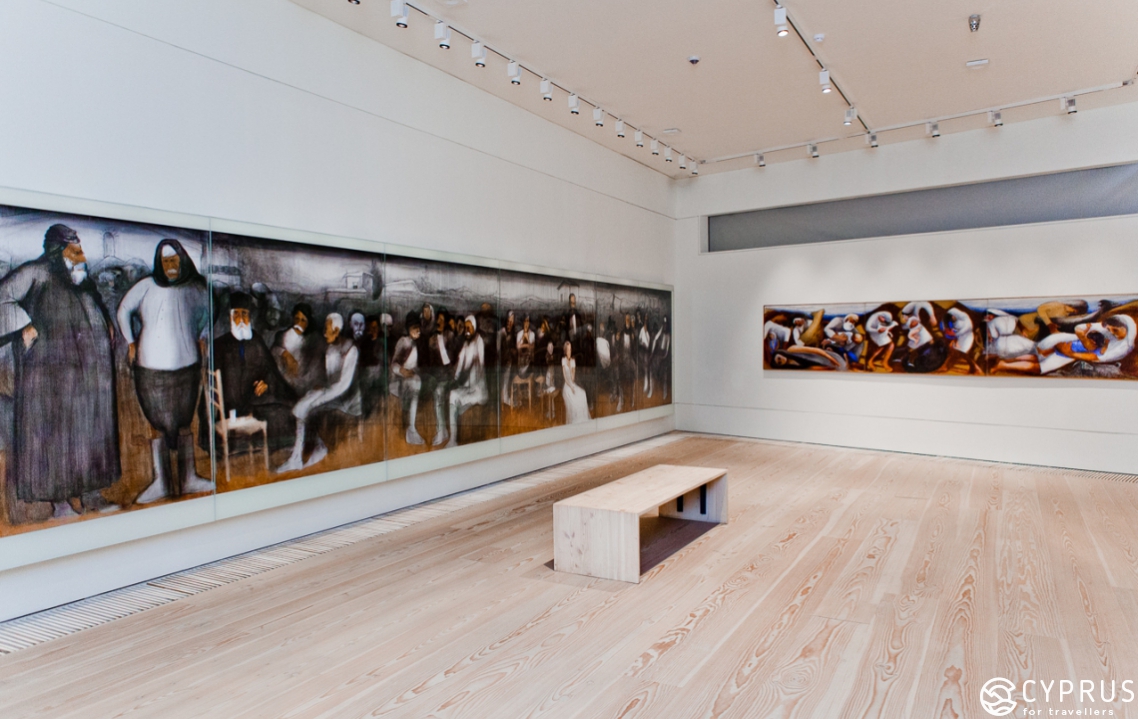
This collection also contains works by such well-known artists as Ioannis Kissonergis, Paul Georgiou, Michael Michaelidis, Christoforos Savva (who is considered to be the pioneer of contemporary art in Cyprus). Savva was the first to abandon the old tradition. His painting «Bather of Kyrenia» (1957) features bright colors and elements of cubism and fauvism.
The Parisian Collection (located on the second floor) includes works by important European artists of the 17th-20th centuries. Its name refers to Mr. Leventis’ apartment in Paris, which is where the collection began back in the 1940s and remained for more than 50 years.
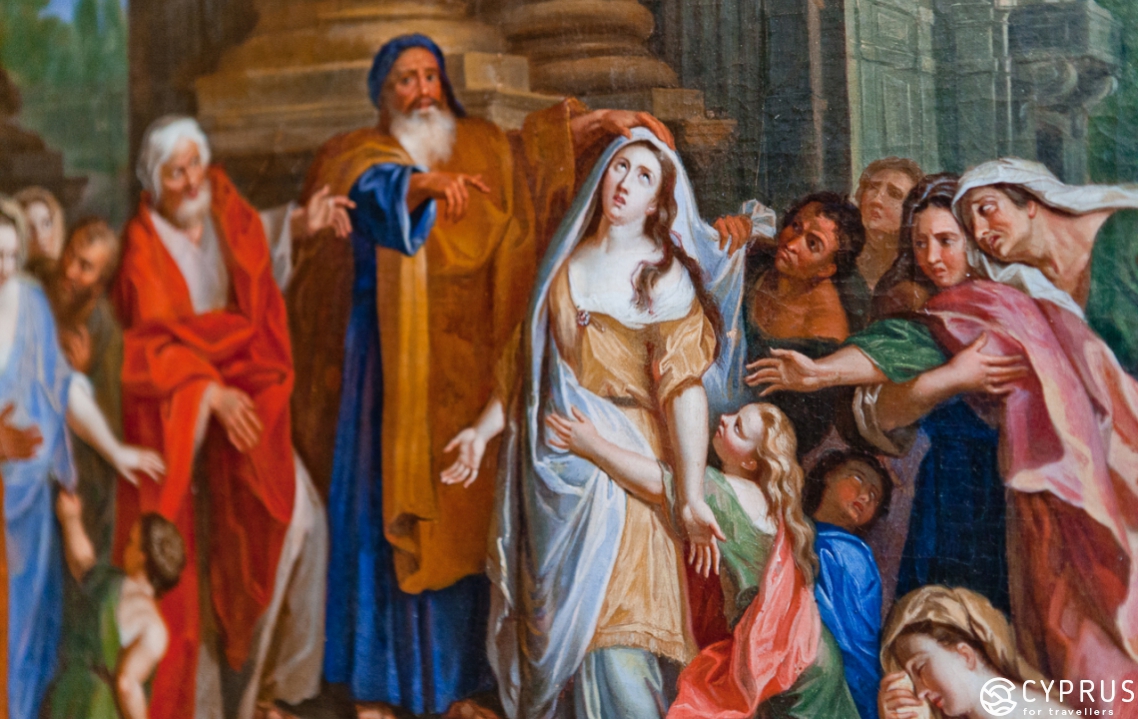
All of the interior elements of the apartment, including the wall panels, were brought here and used to recreate the original environment. This collection includes works from the Renaissance period as well as examples of Barroco, Rococo, Impressionism and Post-Impressionism. Some of these works are absolutely unique and remain the focus of continuous research. So, for example, you can enjoy paintings by Boucher, Gainsborough, Fragonard, El Greco as well as a number of Venetian masters of veduta (everyday city landscape), such as Canaletto.
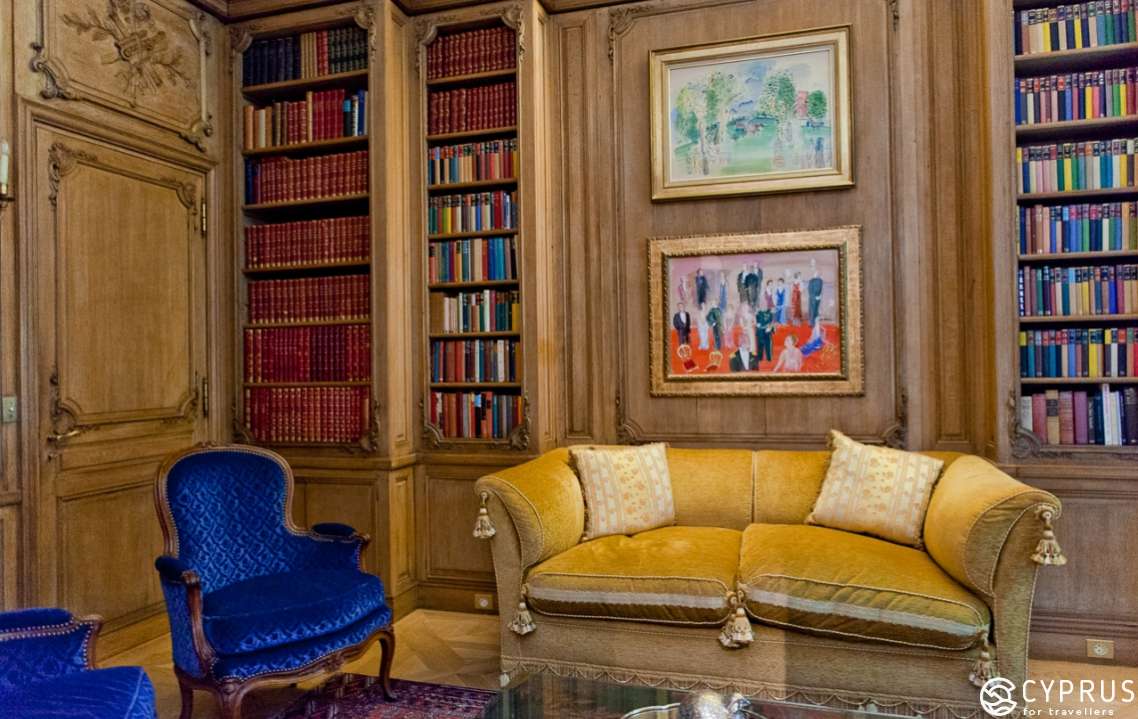
The Impressionism hall is equally impressive. It includes such names as Renoir, Sisley, Pissarro, Cezanne and Monet. We often hear our visitors ask, «Wait, is this all real?» [Caterina smiles] This part of the gallery also includes a work by Marc Chagall called «LesFiancées».
We continue on to the third floor, which houses the Greek collection. This part of the gallery includes works by 19th-20th century artists and reveals the development of the visual arts starting from the Greek Revolution (1821) and through the mid-20th century (Vryzakis, Volanakis, Moralis, etc.) In 1973 Anastasios Leventis purchased the core of the collection from another collector named Evangelos Averoff-Tositsas».
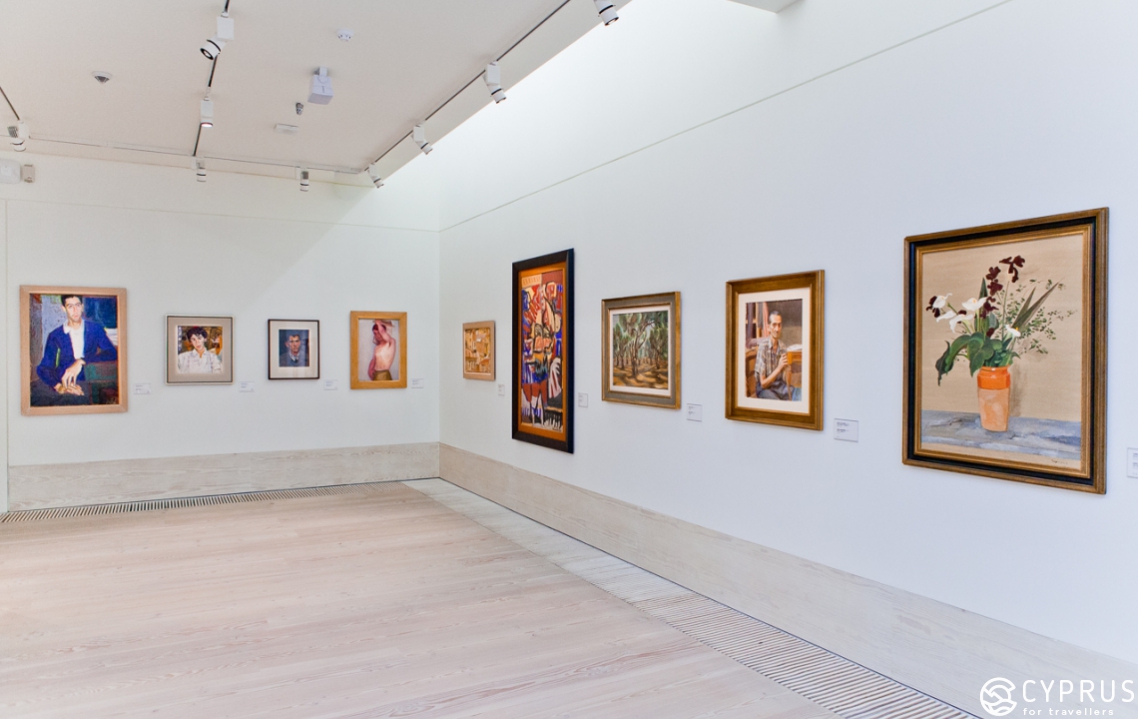
The exhibition is organized and curated in a way that unites art from the past with technology of the future, namely by using interactive digital labels and sensor screens, which assist visitors in their museum experience.
The most innovative part of the exhibition are the special panels that protect the more delicate works (including the watercolors and the drawings made with coal) from natural and artificial light.
We had a chance to meet Ms. Lukia Hadjigavriell, the director of the Leventis Gallery. She shared a few interesting facts about its collection and answered some of our questions.
«This building, which was designed specifically for a public gallery, opened in March 2014. It is one of the more ambitious projects by the Leventis Foundation. Everything here reflects its founder’s original idea: the halls house a large collection of oil paintings, watercolors, etchings and drawings as well as antique furniture and examples of applied arts, which is everything that Mr. Leventis loved and dedicated his life to.
Leventis is the only gallery in Cyprus, whose permanent exhibition reflects important aspects and landmarks in the history of European art. We are a large institution that collects, studies, preserves and exhibits works of art. Our work chiefly focuses on promoting better understanding of art from Europe, Greece and Cyprus as part of a larger historical context.
The word of mouth is the best type of advertisement for us. We love getting feedback from our visitors. Our gallery works closely with various media outlets in order to educate the public about our work and events. Our website and Facebook page are updated on a regular basis. In 2015 we established a small organization for the friends of the gallery, which now includes 150 members, who enjoy special privileges.
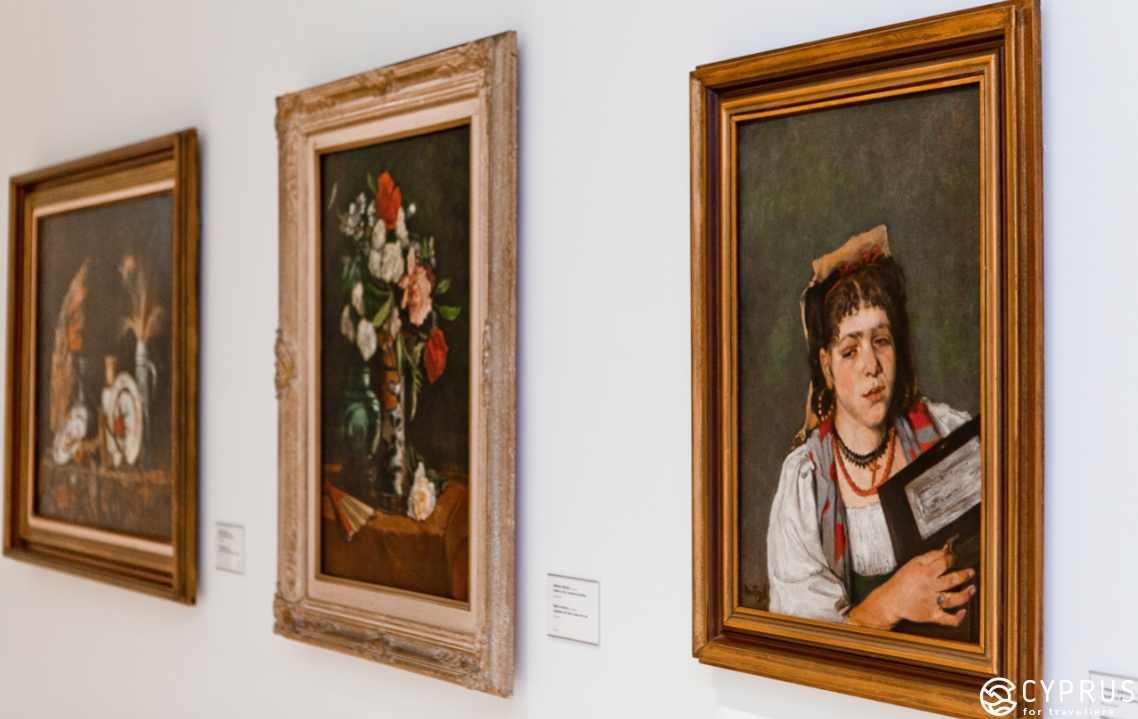
We believe that our mission is not only about preserving art for future generations, but also about becoming a «platform» where people can exchange ideas and participate in discussions about art. In other words, we want to be an institution that uses art to bring people together. I think it is particularly important for the younger generation.
— Ms. Hadjigavriel, how big is your collection?
— All three collections that make up the core of the gallery cover a period of 400 years and include approximately 800 objects. So, for example, Mr. Leventis began putting gother his Parisian collection, which includes works by European masters from the 17th-20th century, after he moved part of his business to France. The Greek collection, which was housed in his Athens home, is dedicated to different artistic schools and styles, beginning from the Munich school (the most significant period in 19th century Greek art) through Modernism and the «1930s generation». The Cyprus Collection is dedicated to Cypriot art of the 20th century.
— What is the main idea behind the permanent exhibition?
— All three of our collections represent an assortment of European paintings and drawings, which demonstrate the beauty, depth and tranquility of man and nature. Each of the artists represented at the Leventis Gallery has a unique place in the history of arts, be it an artist from Cyprus, Greece or the rest of Europe.
— What else is happening at the Gallery besides its exhibitions? Any events?
— In addition to our permanent and temporary exhibitions (take place about three times a year), we also offer a whole selection of events for adults and children (in Greek and English). These events are geared towards educating the public about the art in our collections and include tours, field trips for the entire family and lectures by renowned experts (offered on two Wednesdays of the month). Our «Young Artists Corner» promotes the work of young Cypriot artists. We also have the «KoKo Creativity Center», which is located on the 6th floor.
— Who are your visitors and how many of them are tourists?
— We believe in creating a multidimensional approach that includes working with the public, our employees and colleagues from other organizations as well as our sponsors and supporters. As an institution dedicated to the history of European art we have to work with not only local partners, but also organizations abroad. Our key goal is providing an educational experience to visitors of all ages and nationalities. All of our visitors come here to learn something and to enjoy masterpieces of world art and just generally have a good time.
— Do you work together with foreign museums, galleries and cultural centers?
— We work together with many leading museums and academic institutions around the world.
Our collaboration plays an important role in our curation process.
— Do you receive any support or grants?
— Yes, our gallery receives an annual grant from the Leventis Foundation. Plus, with our other projects (e.g. temporary exhibitions and other events) we receive grants from other sponsors like companies and private individuals and sometimes even the government (mostly when it comes to educational programs).
We thank the head of the Leventis Gallery, Ms. Hadjigavriel and the curator, Ms. Stefanidis, who were with us today.
Whether you want to enjoy Cyrpus’ cultural life or just learn something new, the Levnetis Gallery is a place for you. You will not only learn something new about art, but also get a chance to see some of the world’s best artworks with your own eyes and take part in one of the art classes offered at the Gallery.
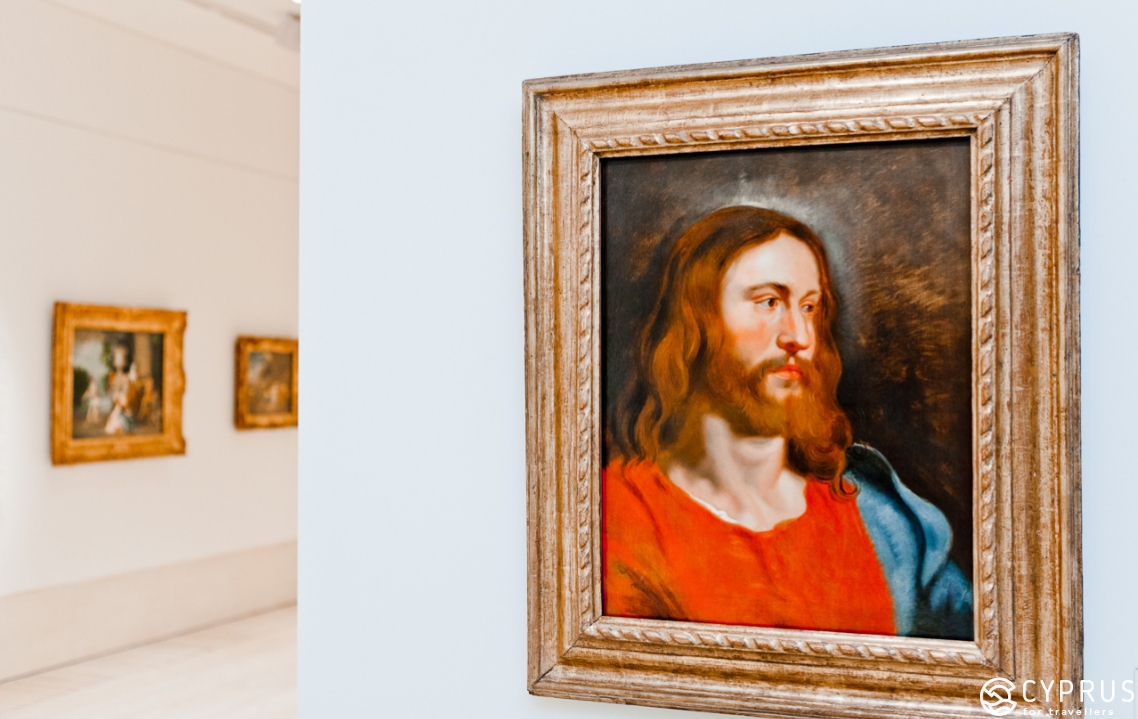
Some tips
Take advantage of the audio-guides that cover all three collections.
A full map of the gallery and its art objects is available upon request. The first floor houses a souvenir shop and a restaurant.
The Gallery is open all year round.
Working hours: Monday, Thursday, Friday (10:00 – 17:00) Wednesday (10:00 – 22:00)
Entrance: 5 euros, 7 euros with an audio guide. Discounts are available for certain visitors.
Website: www.leventisgallery.org
Email: info@leventisgallery.org
Address: 5, A. G. Leventis (ex Leonidou) street, Nicosia
Telephone: +357 22668838
See you soon!
